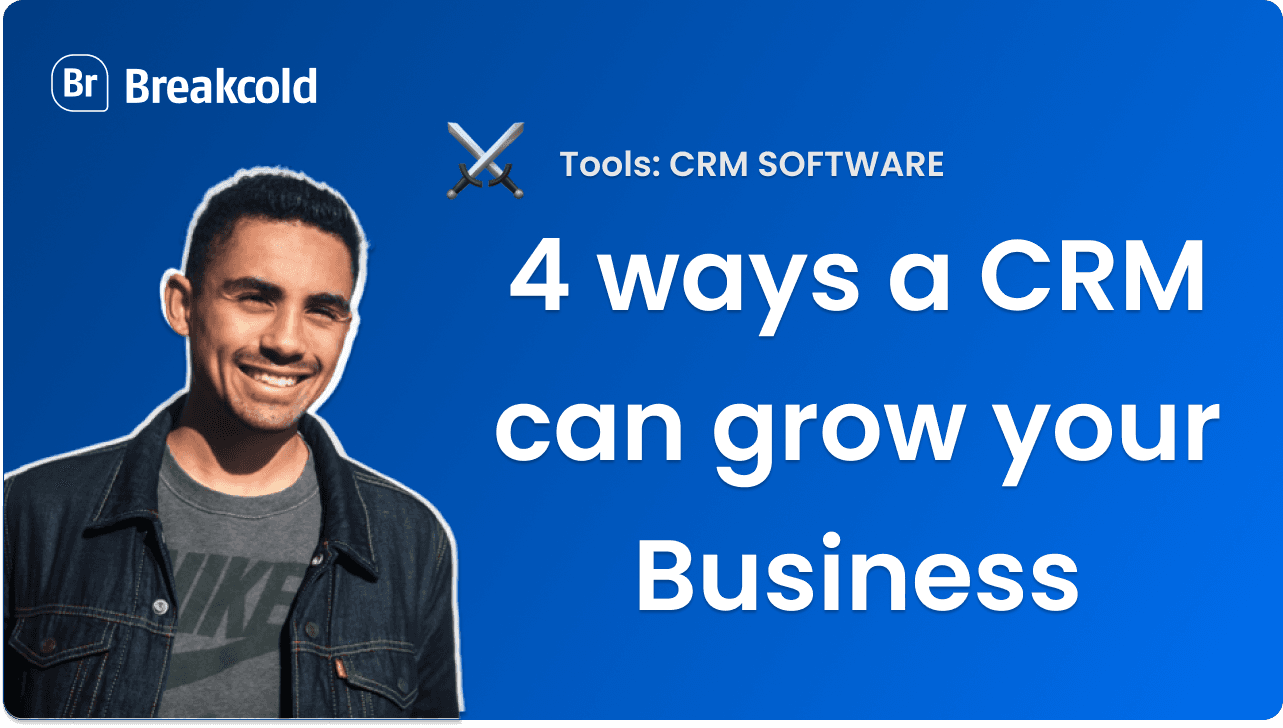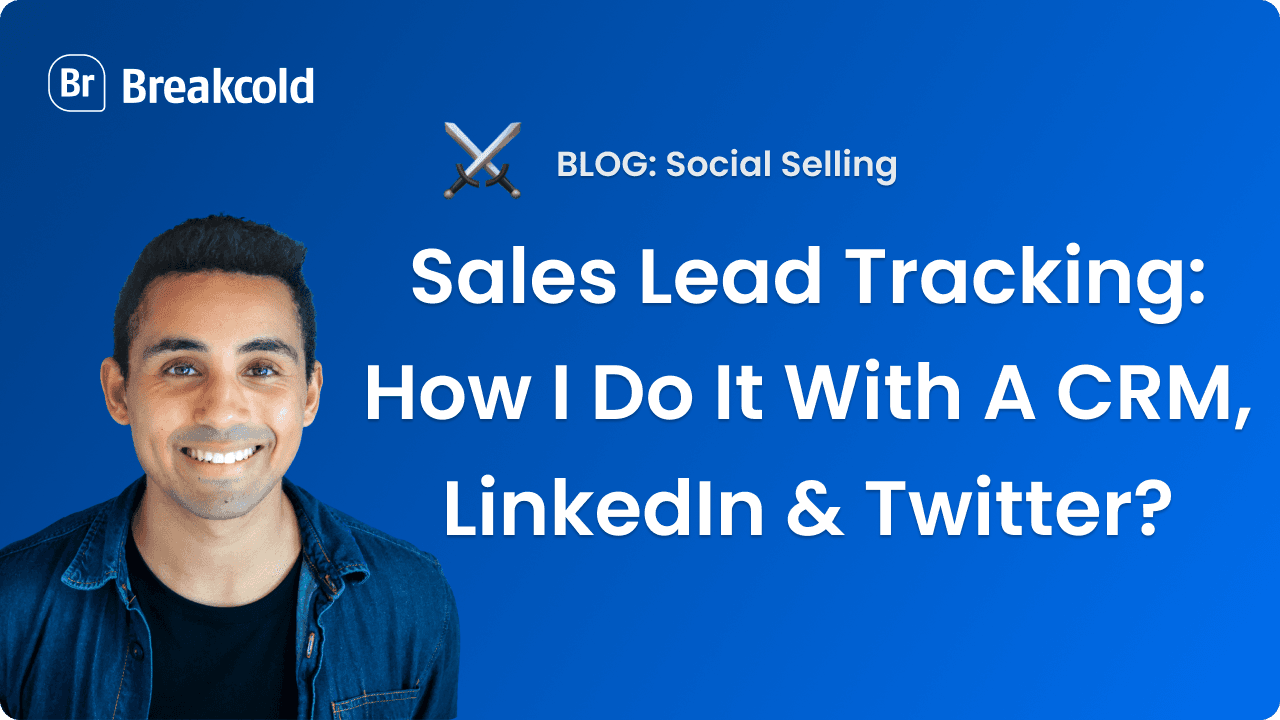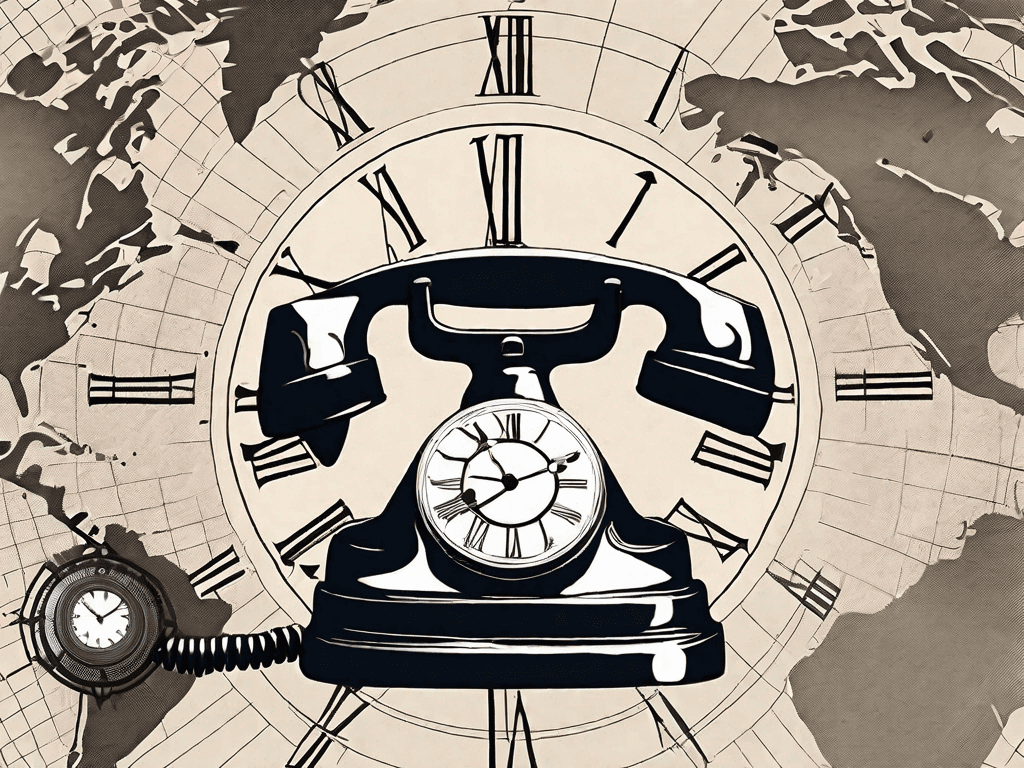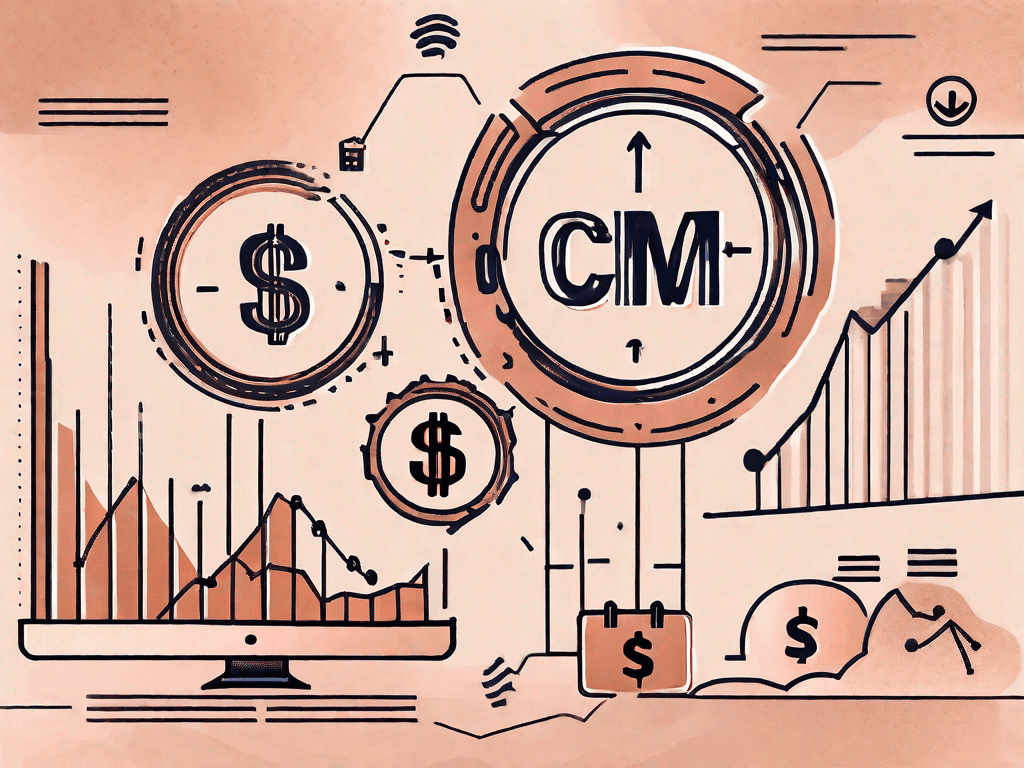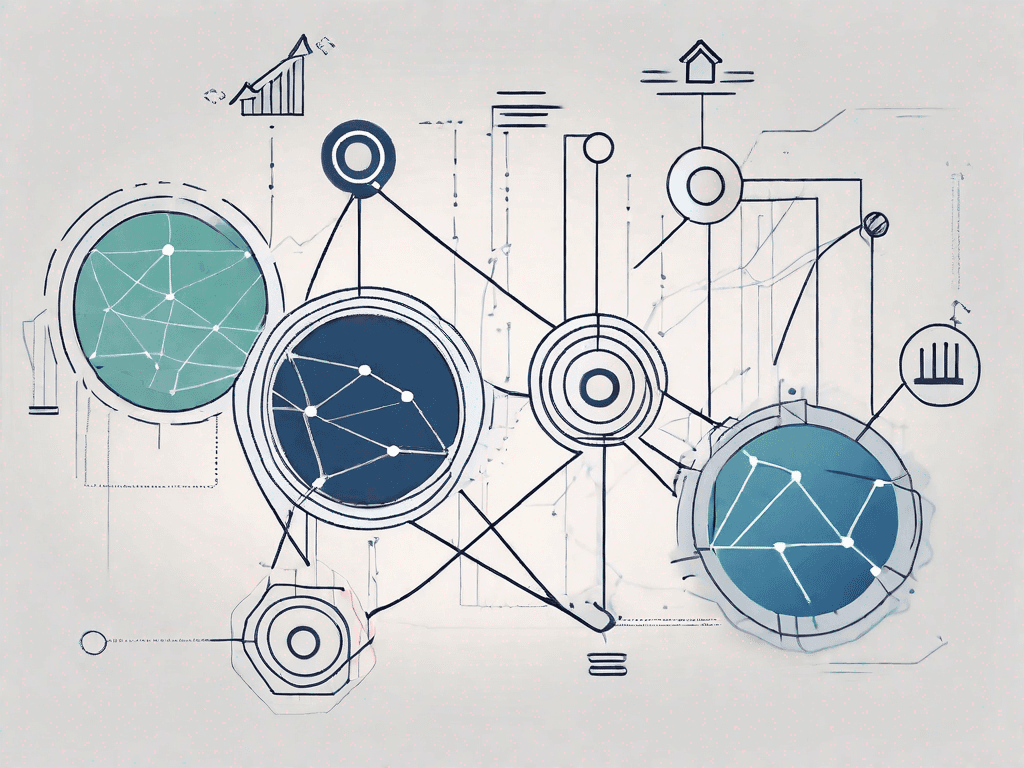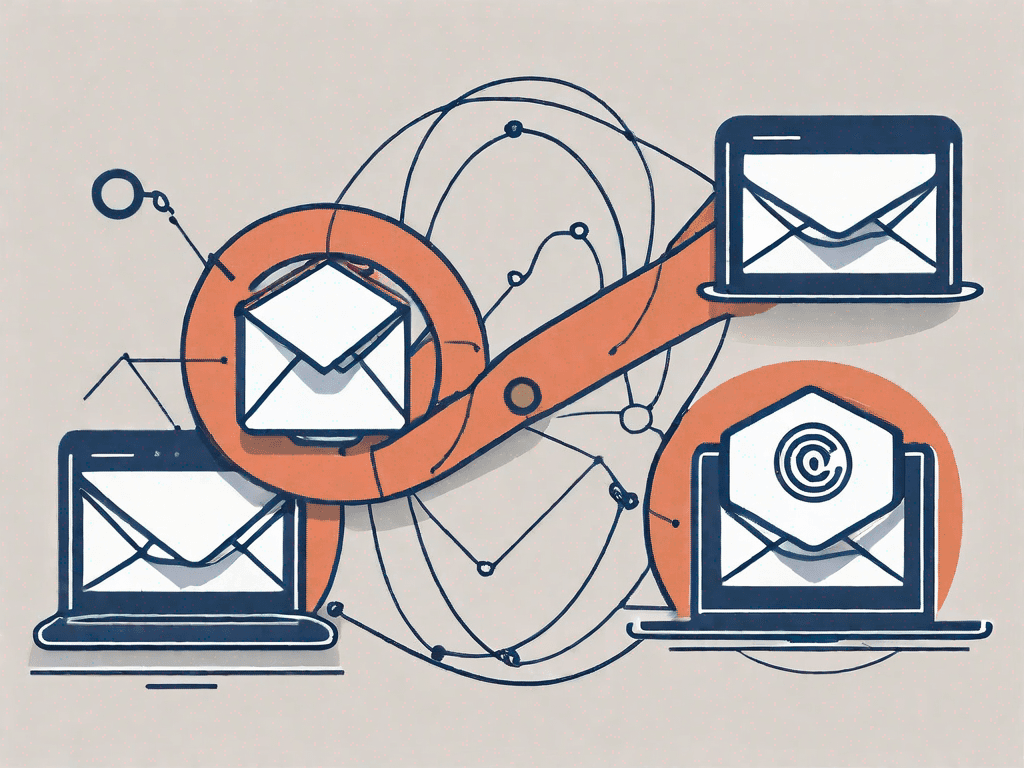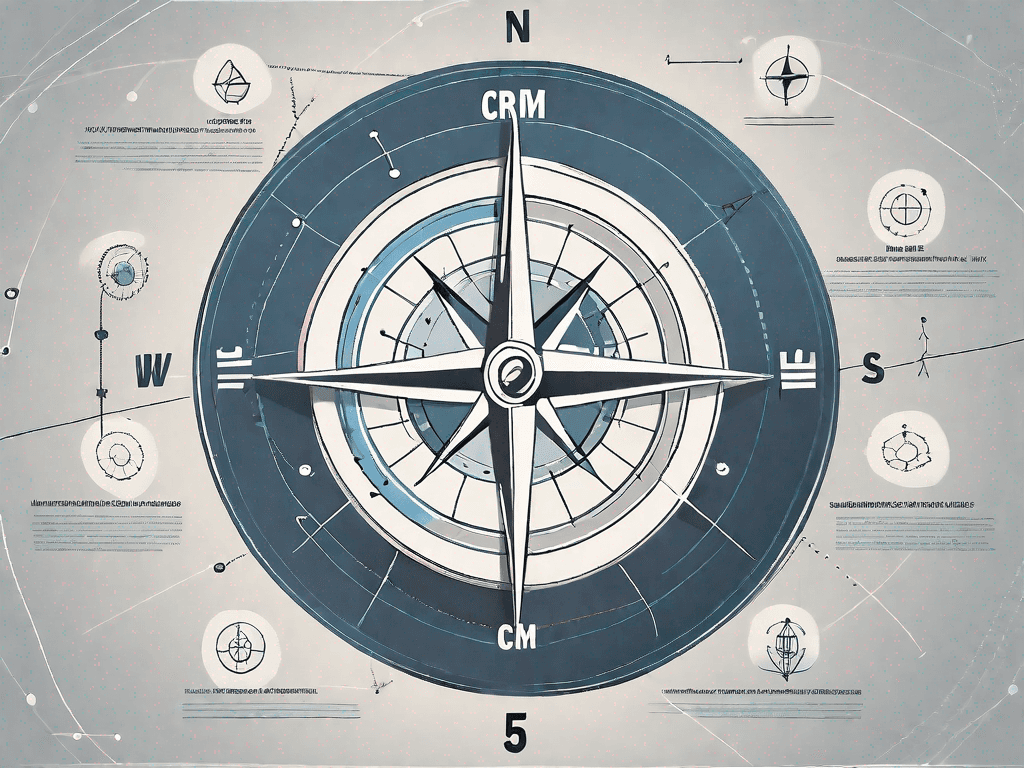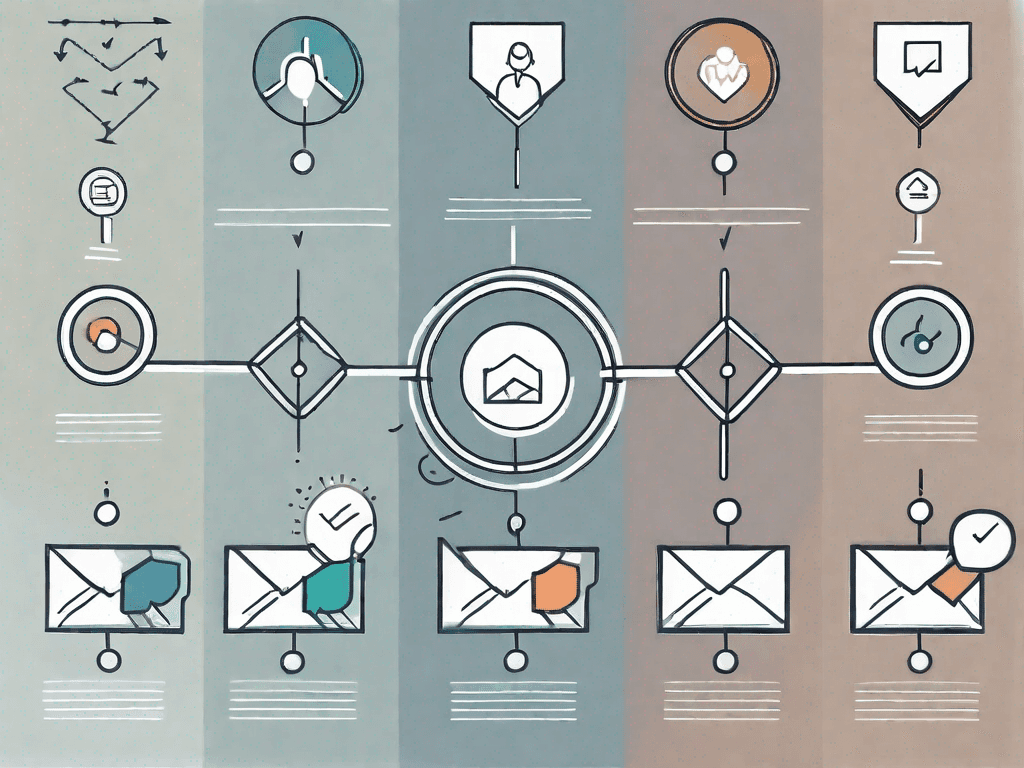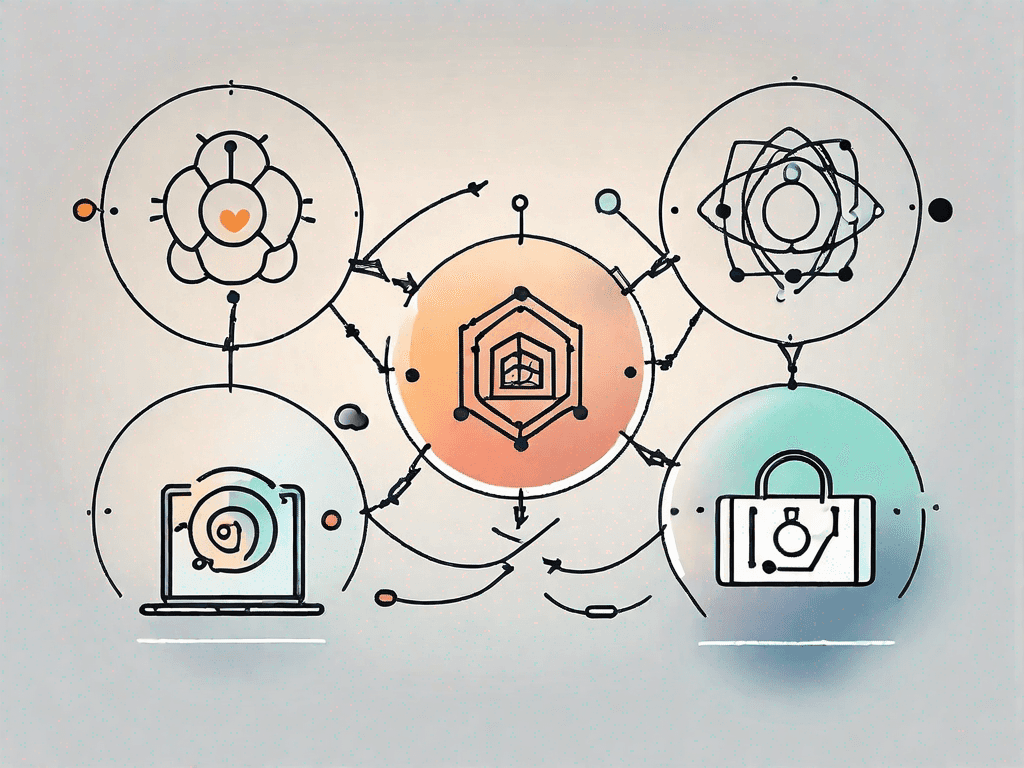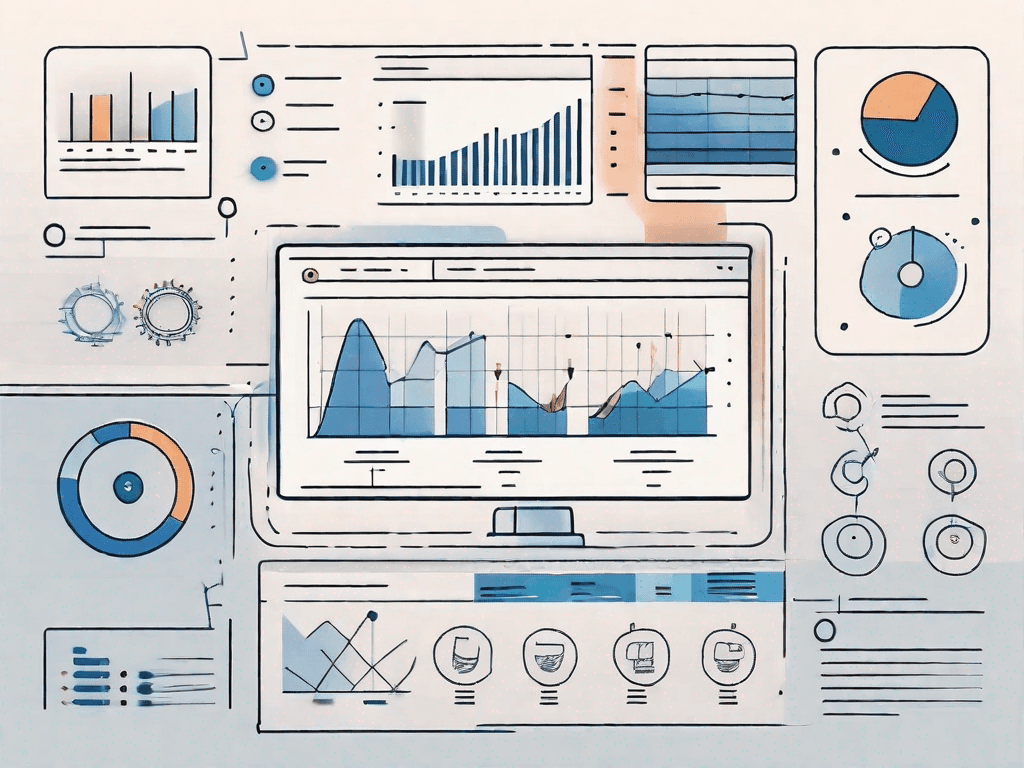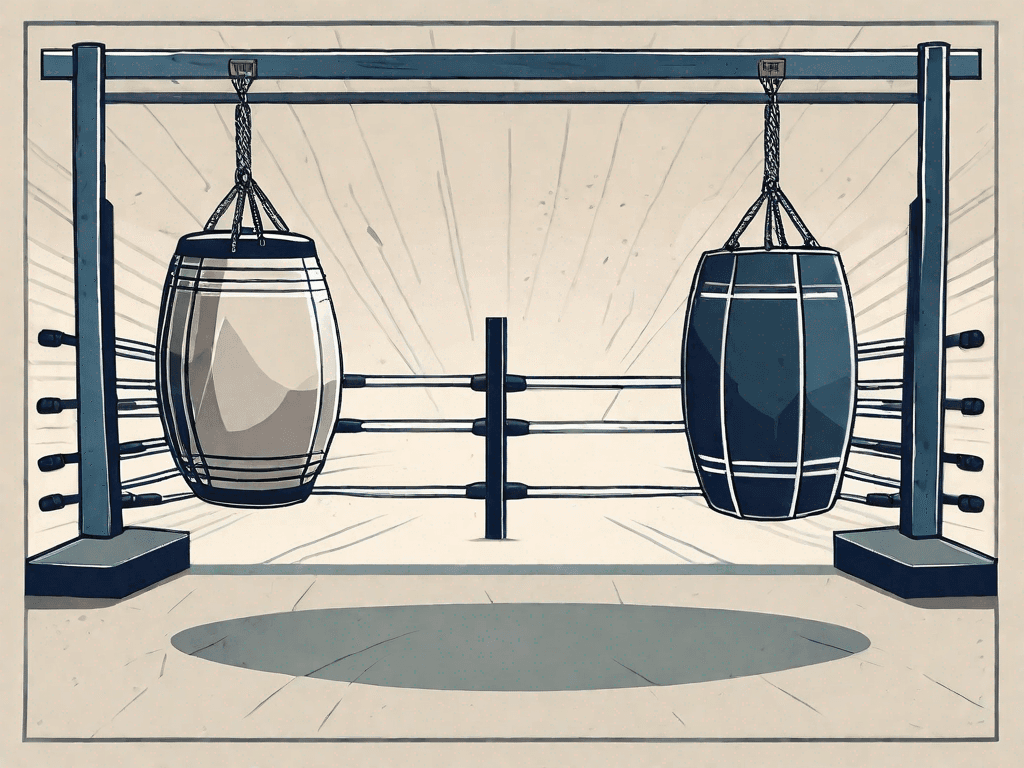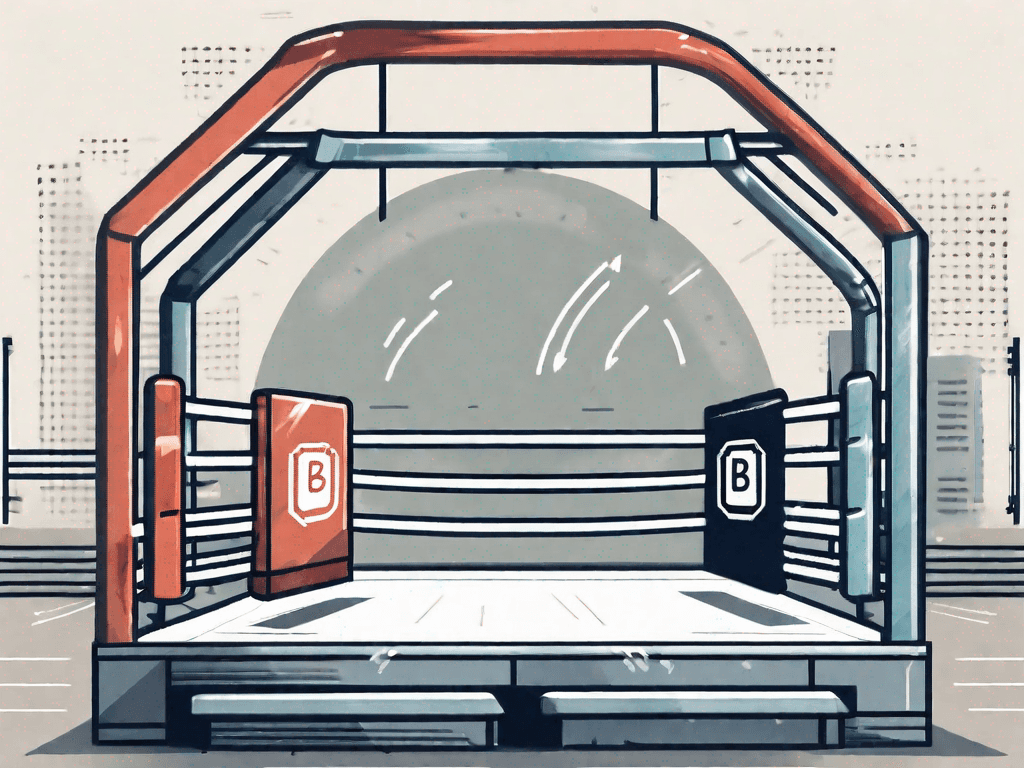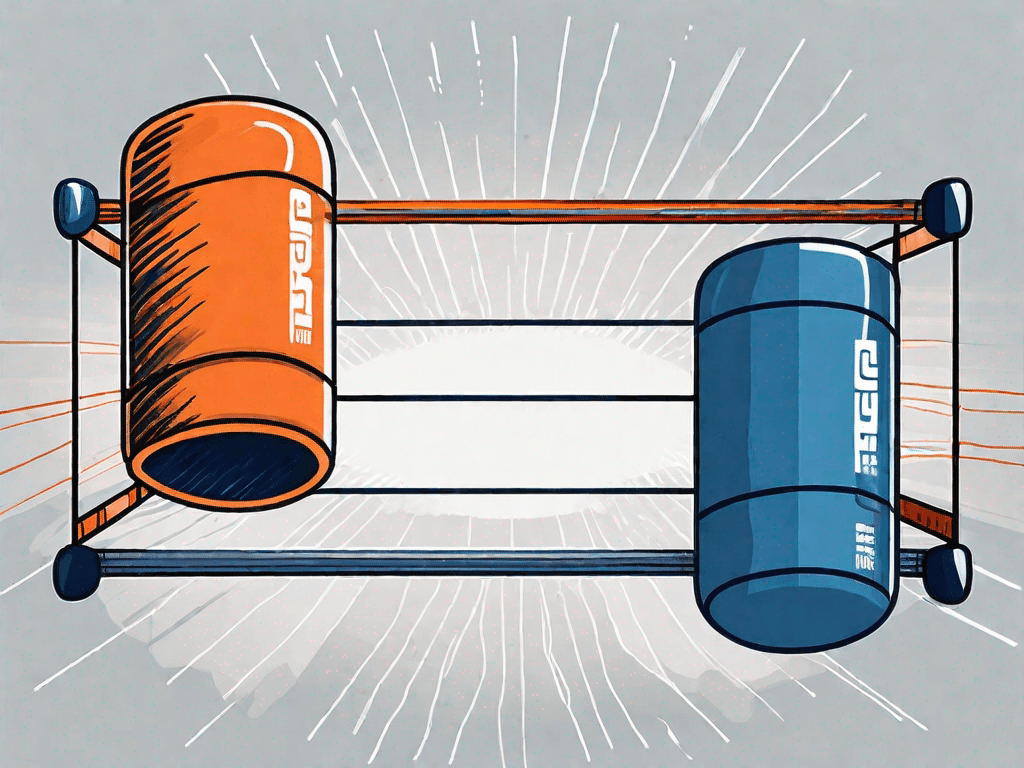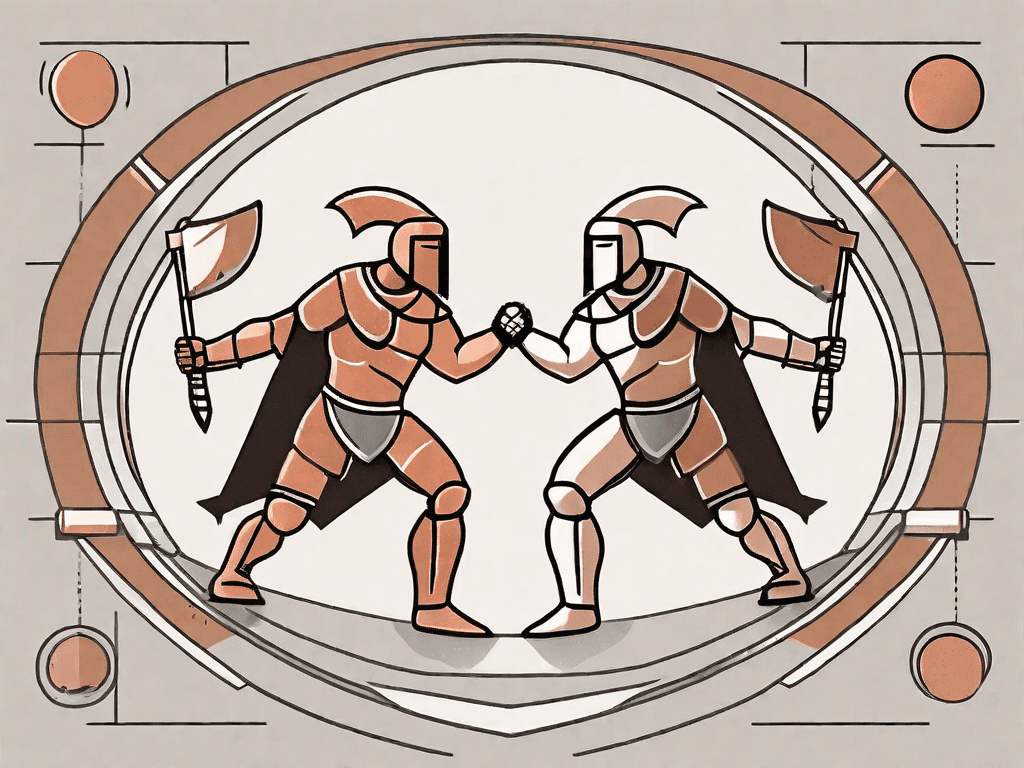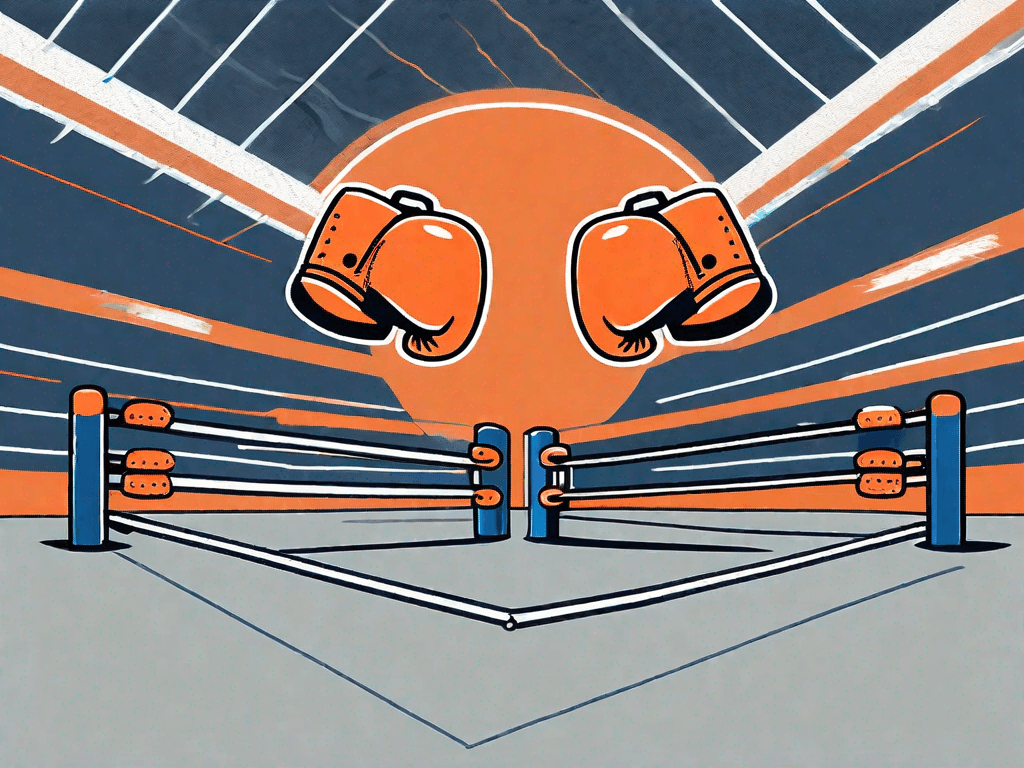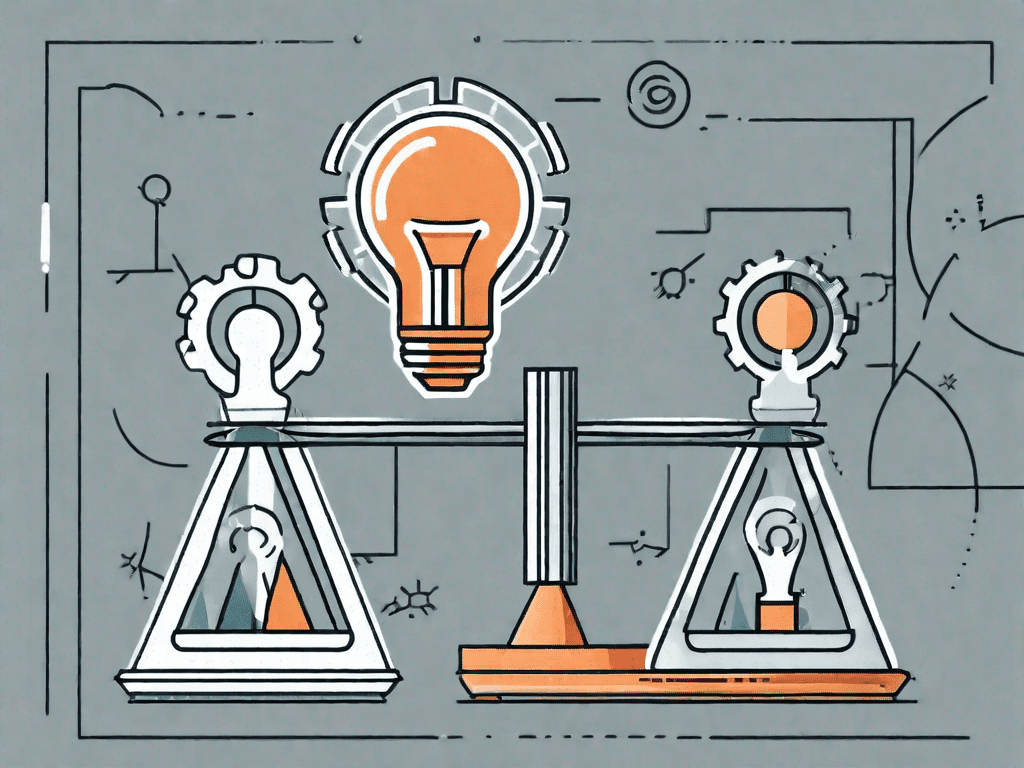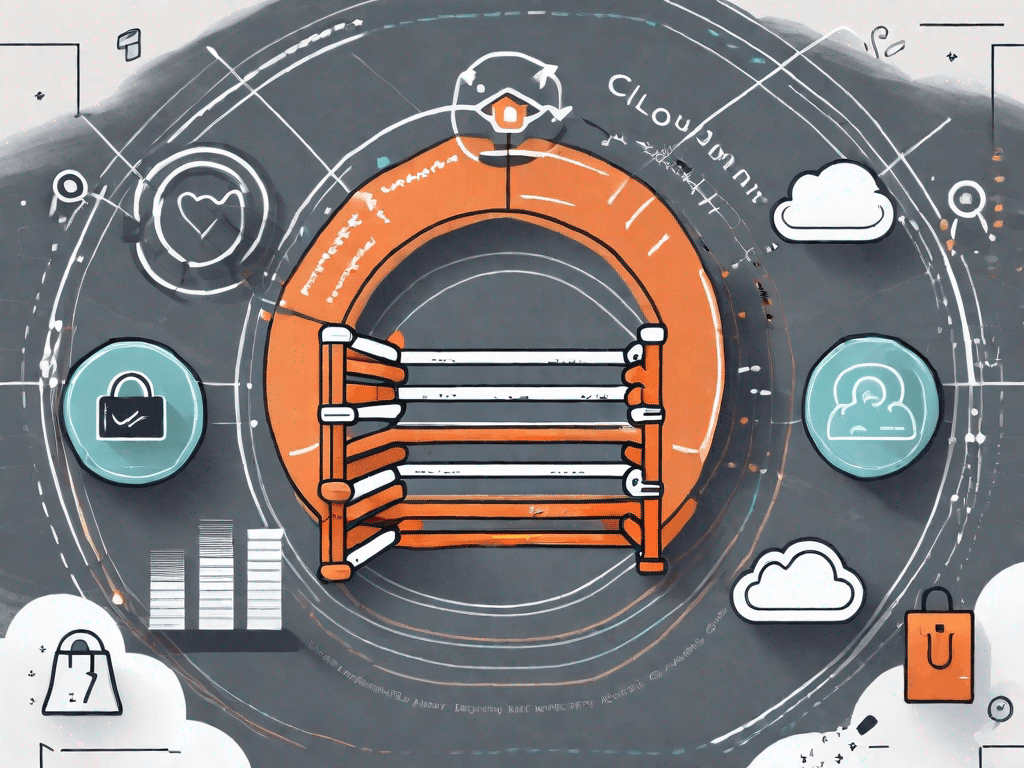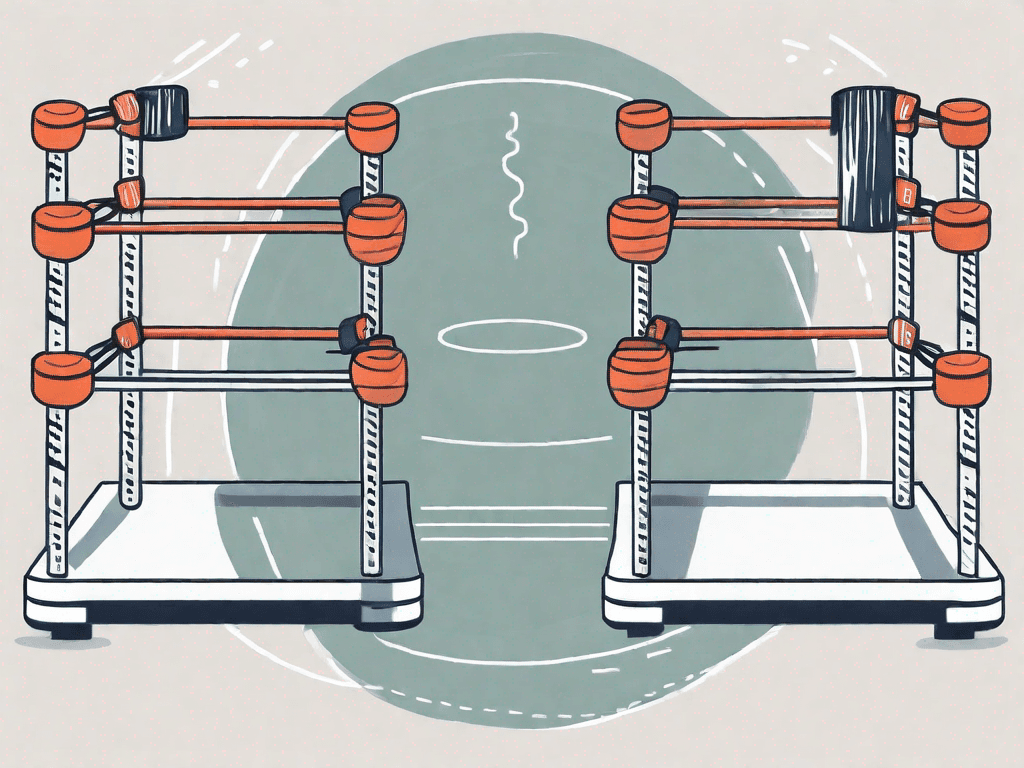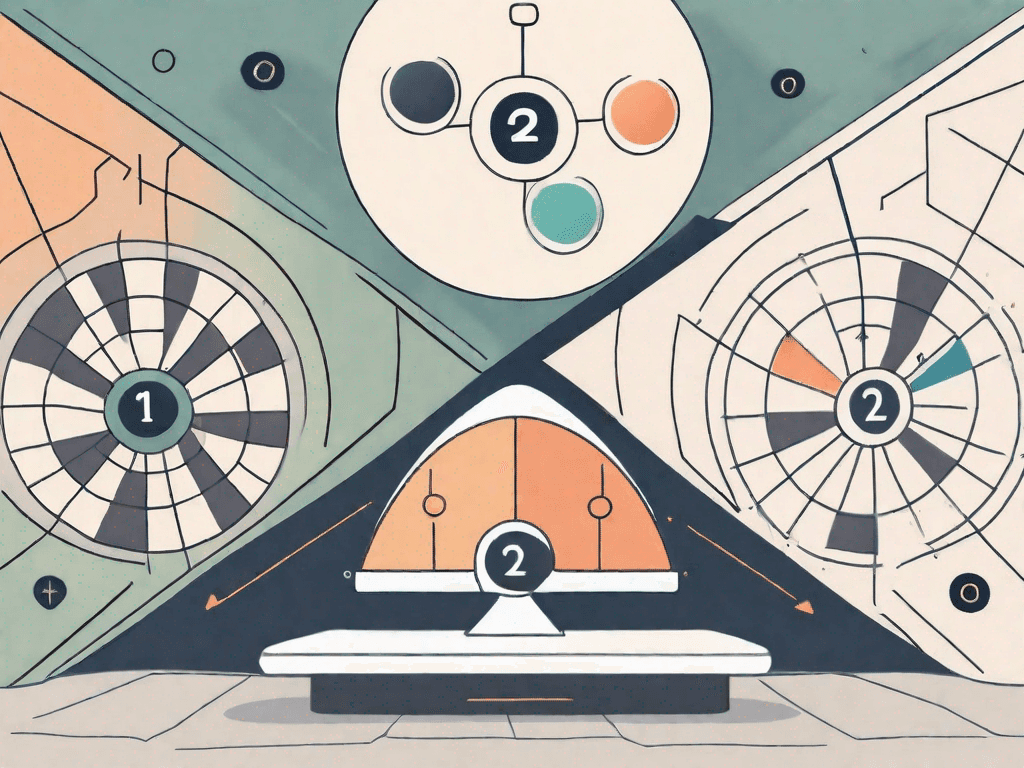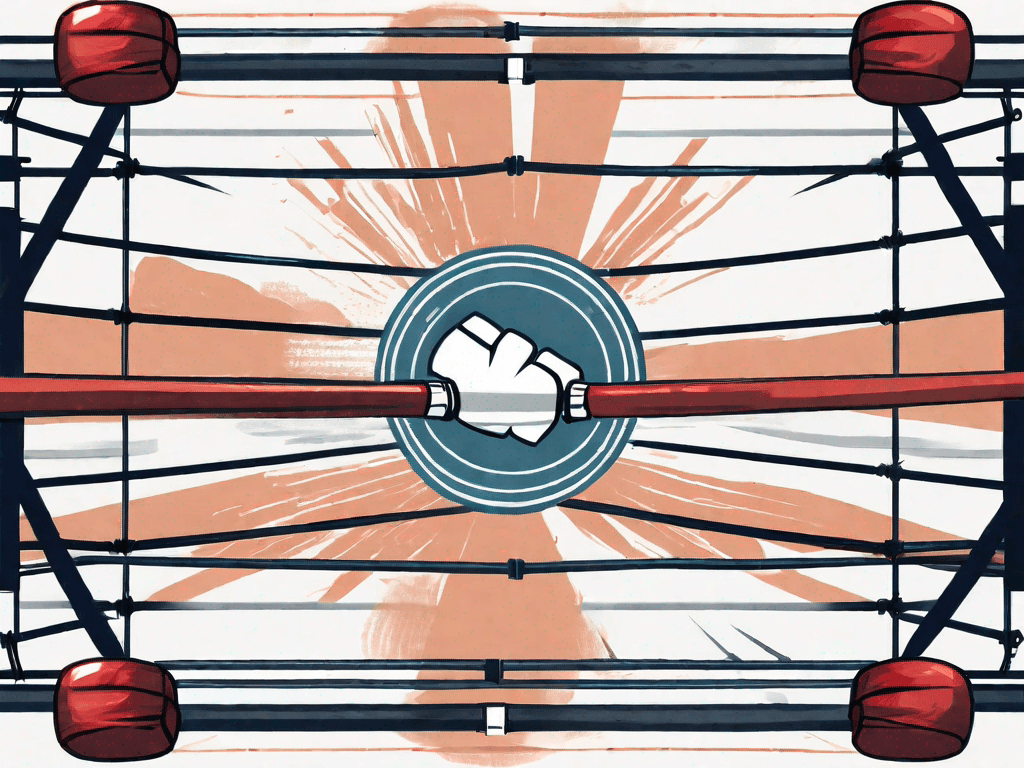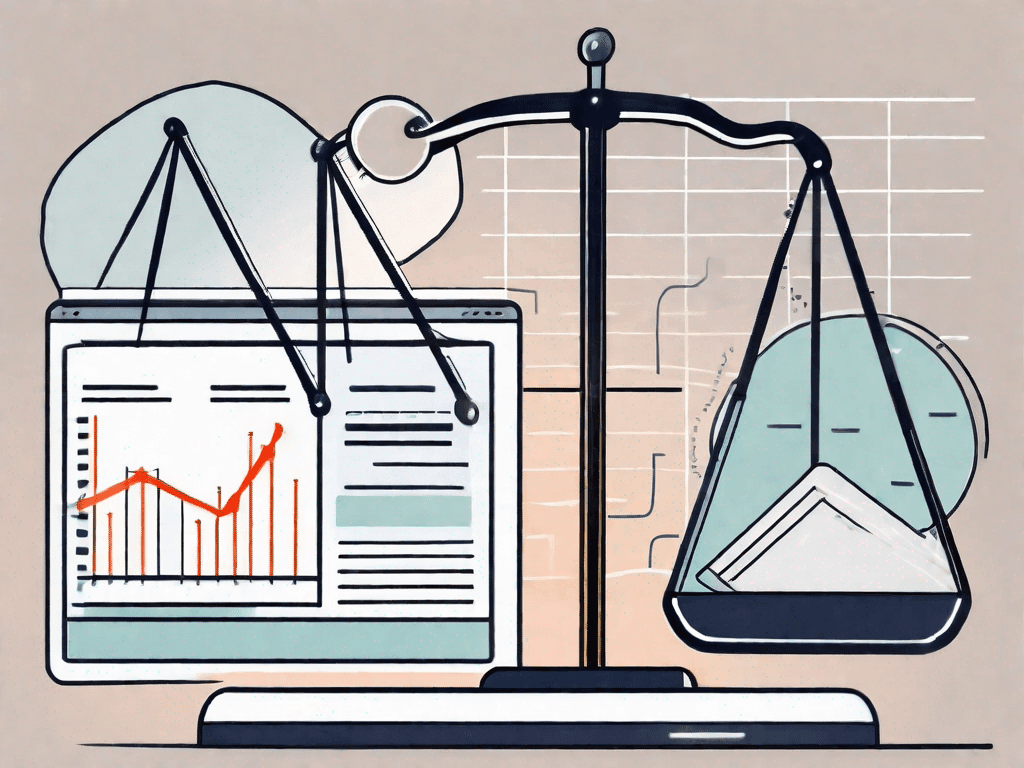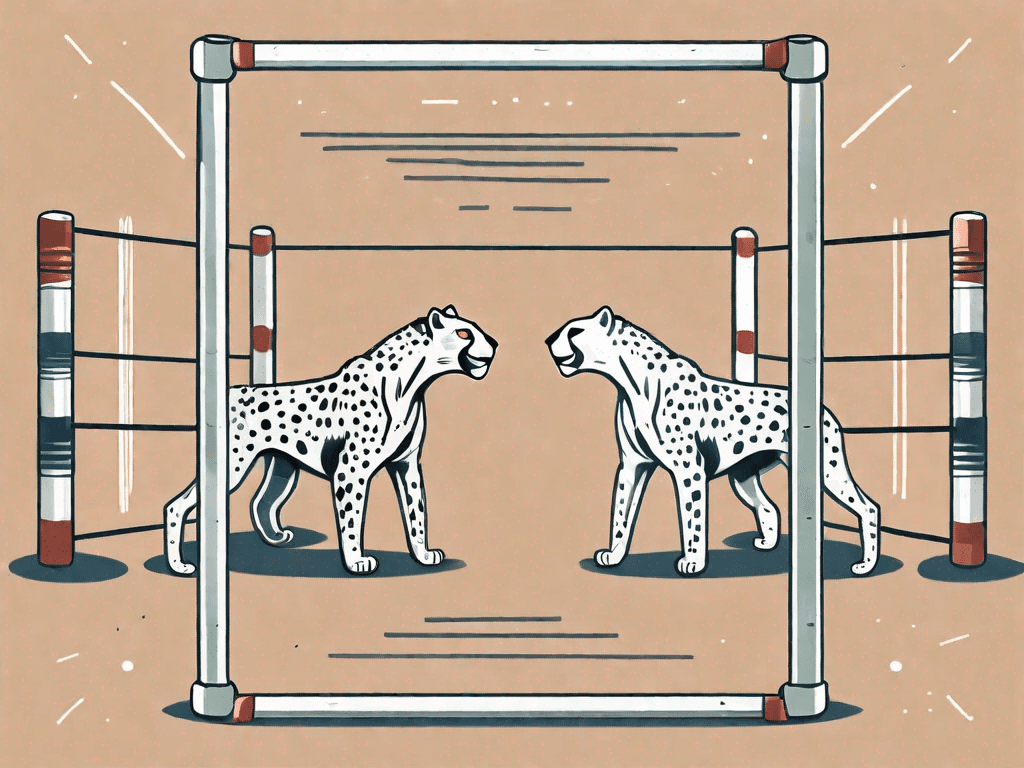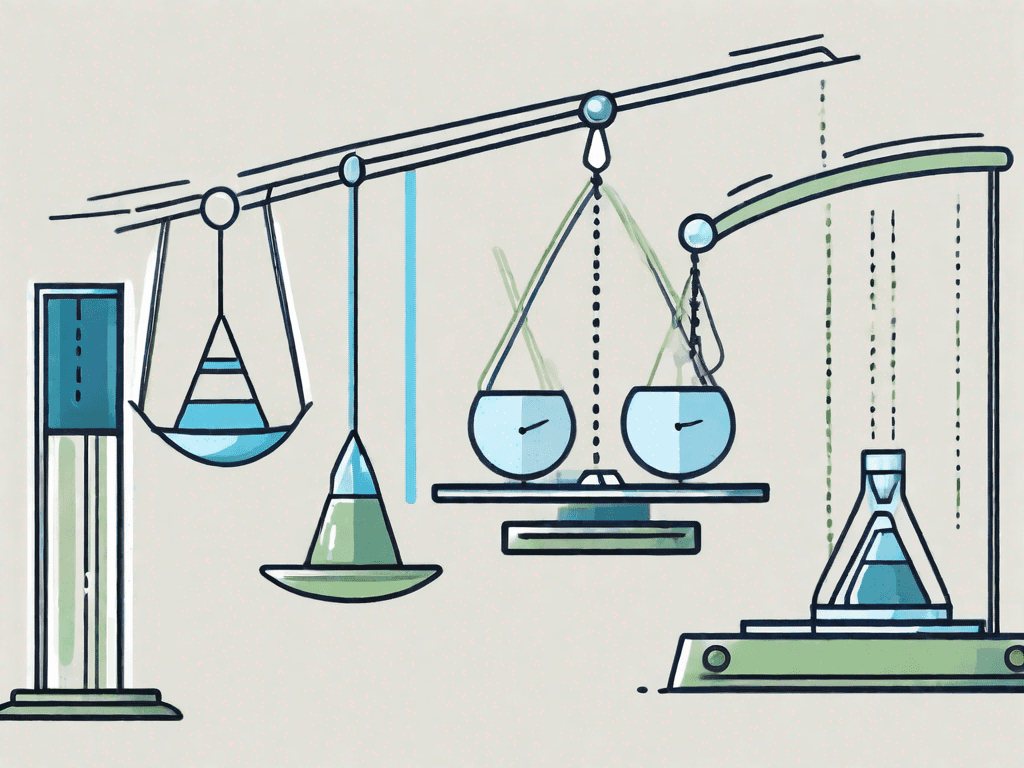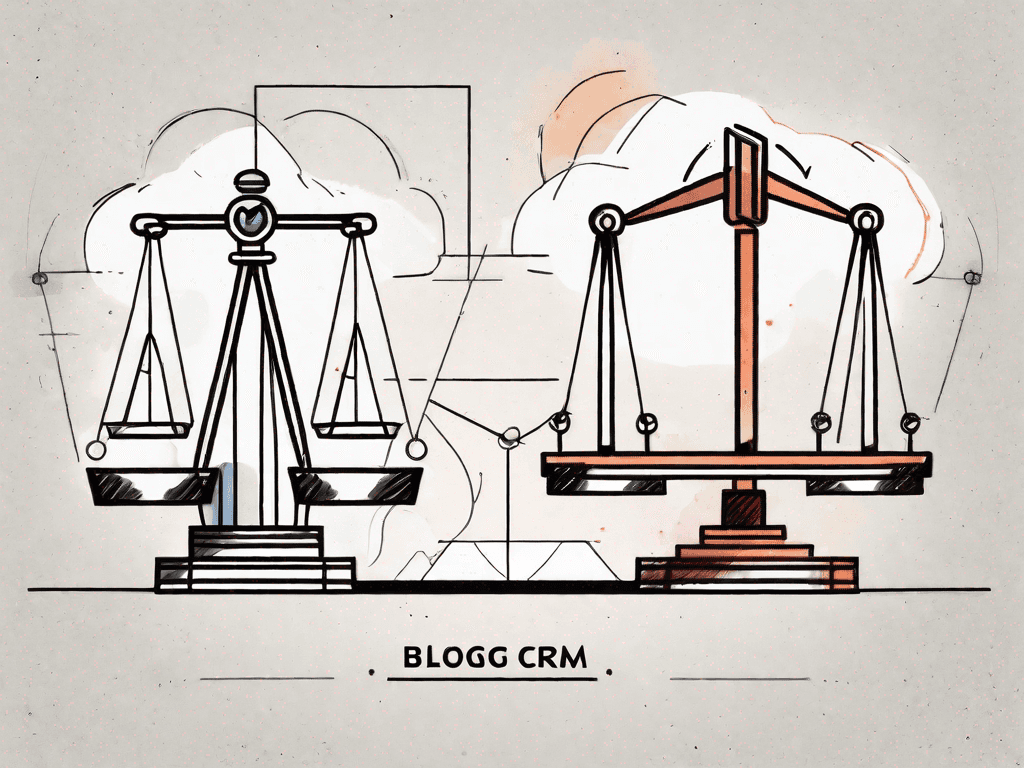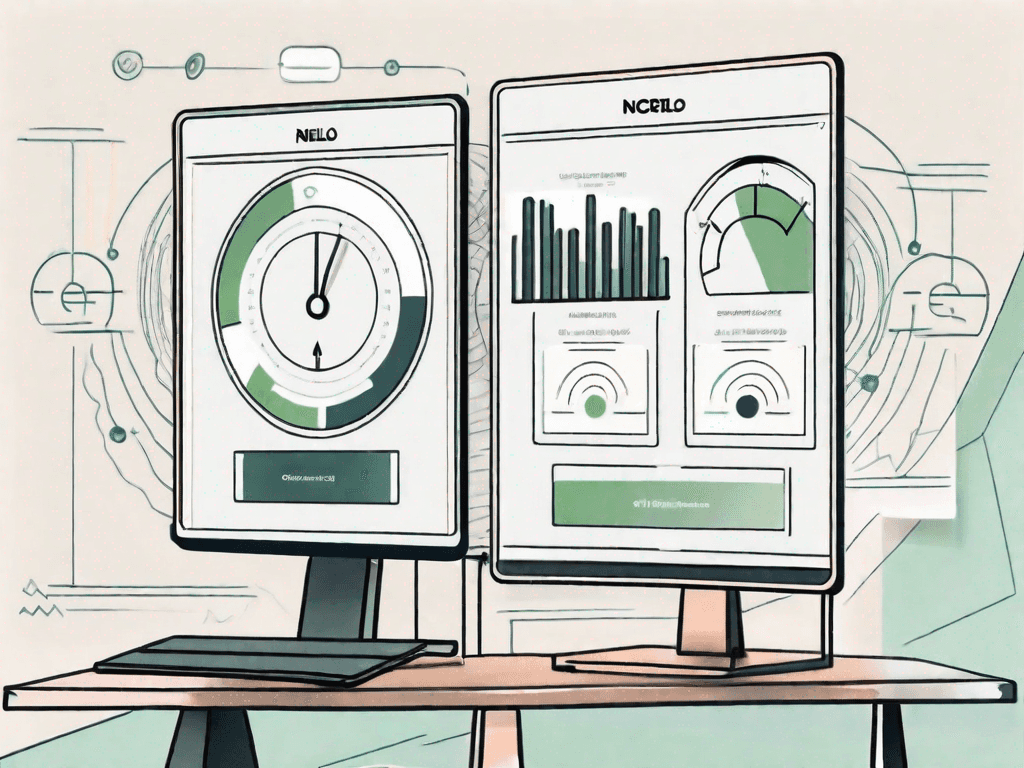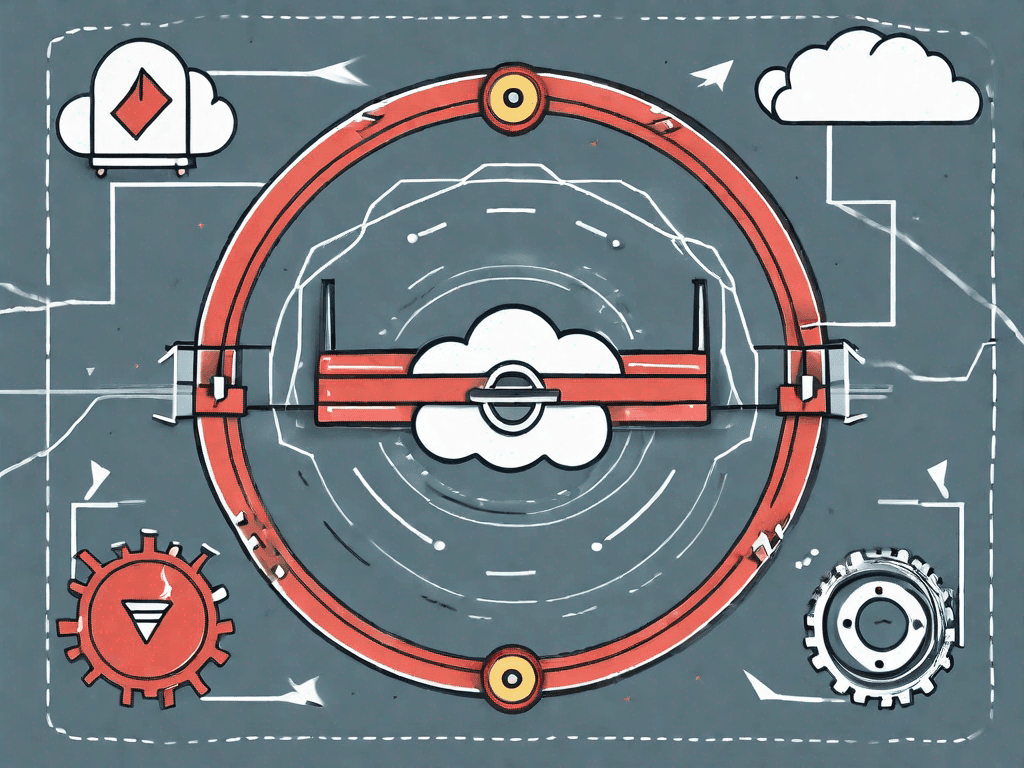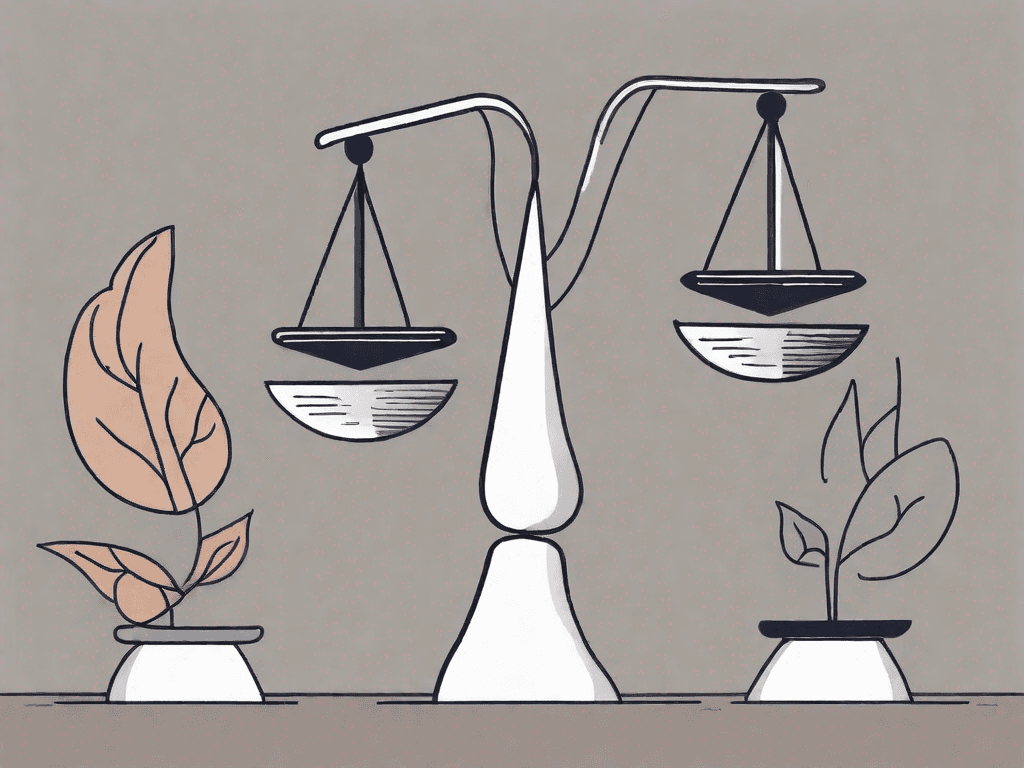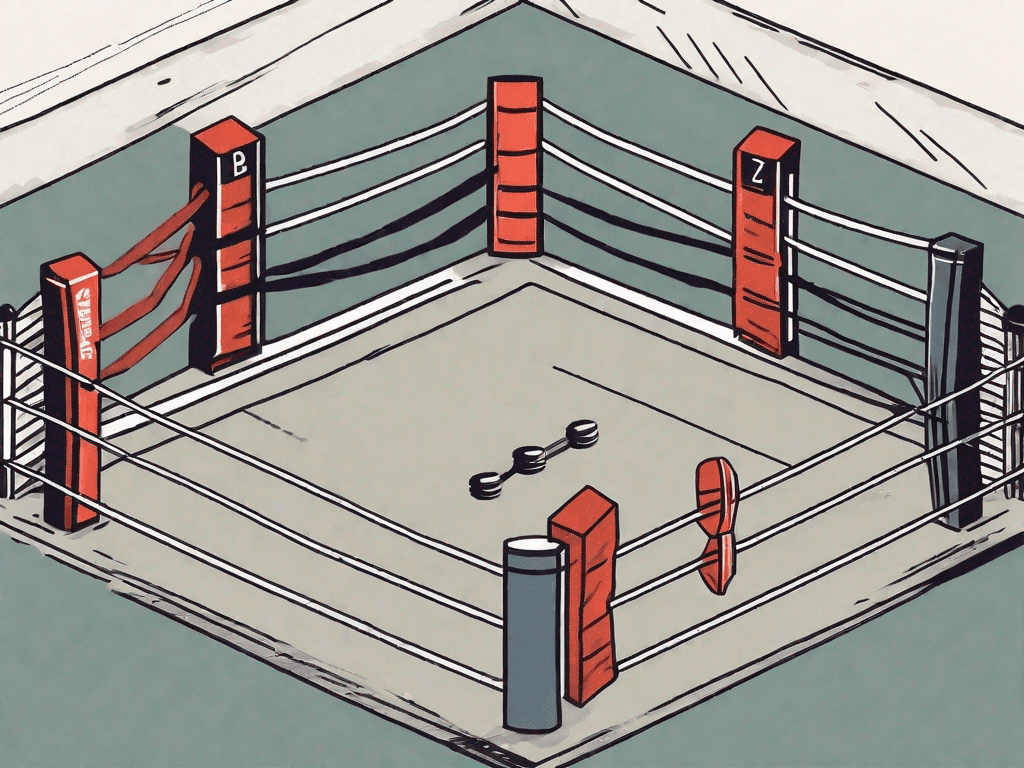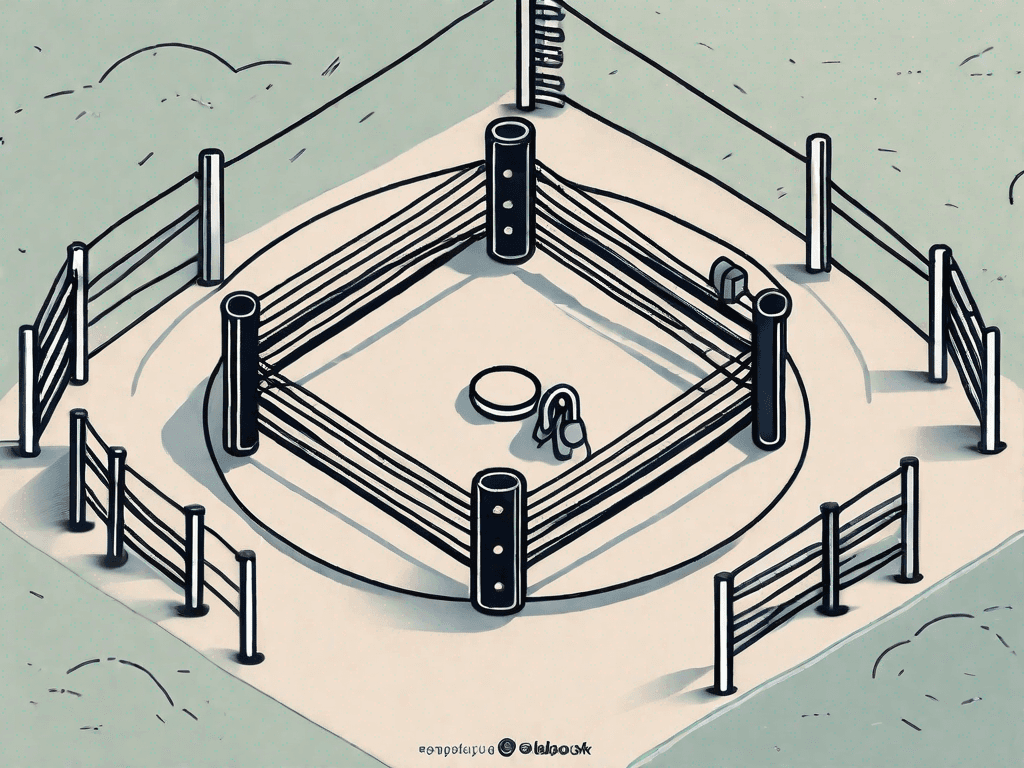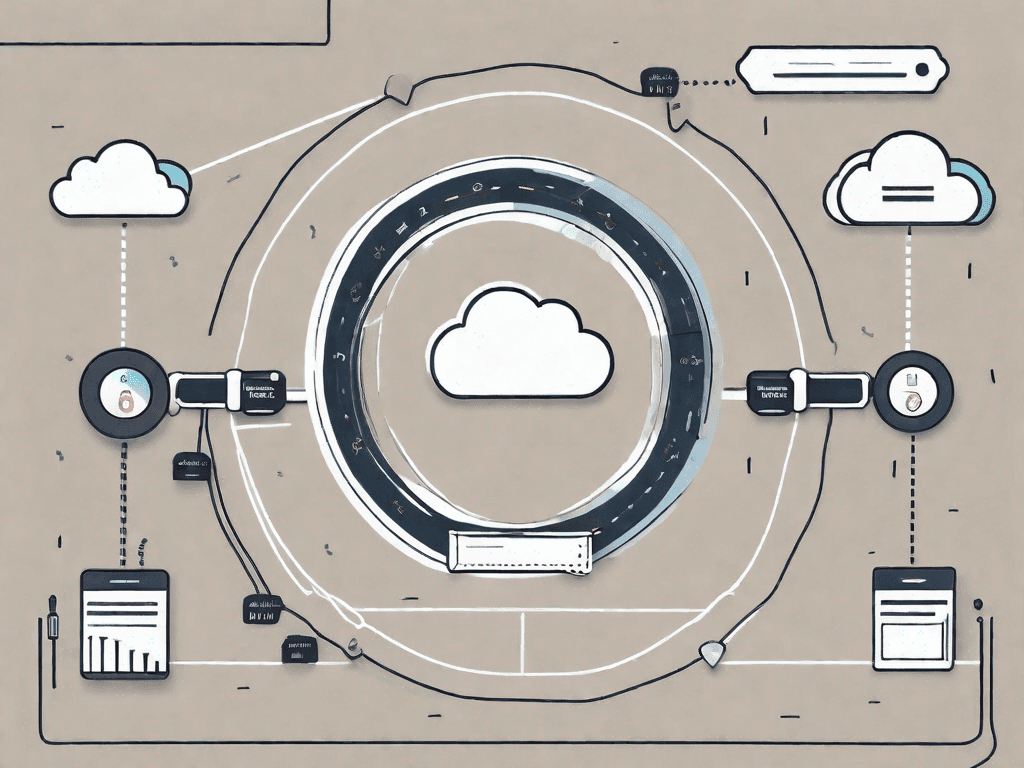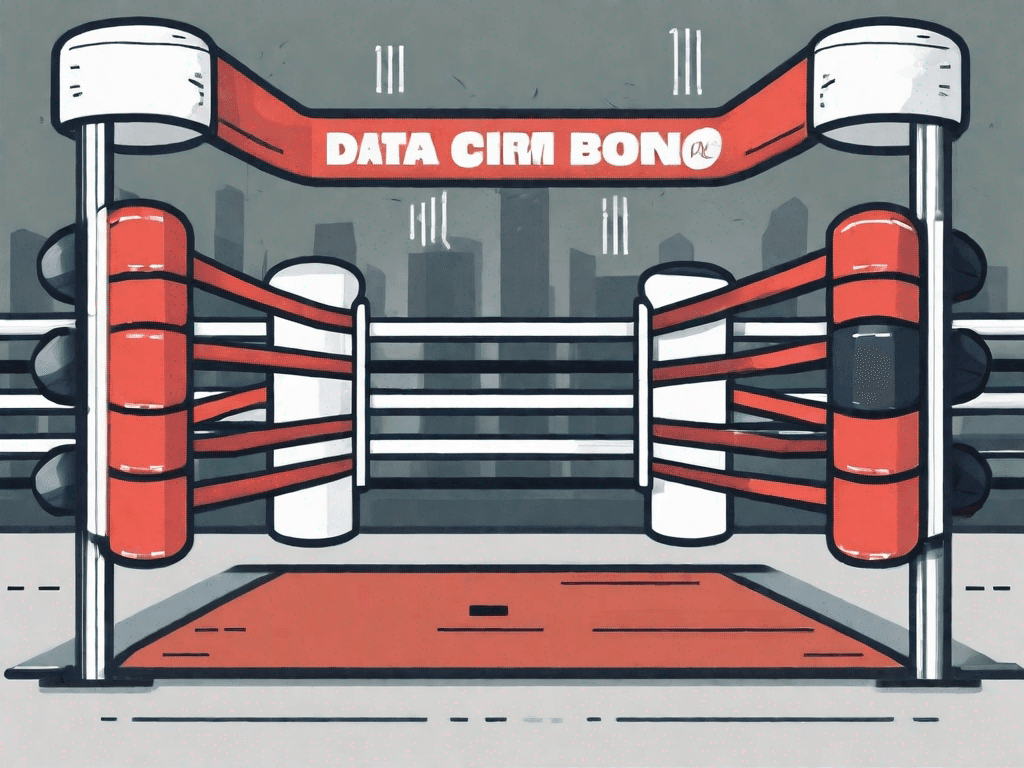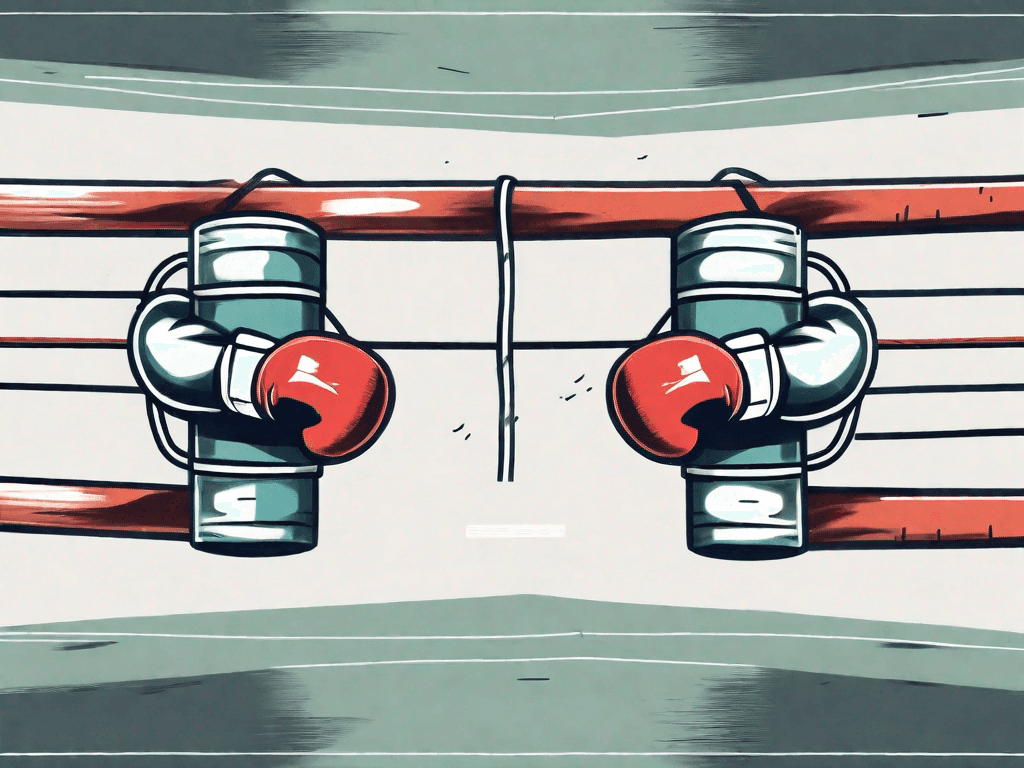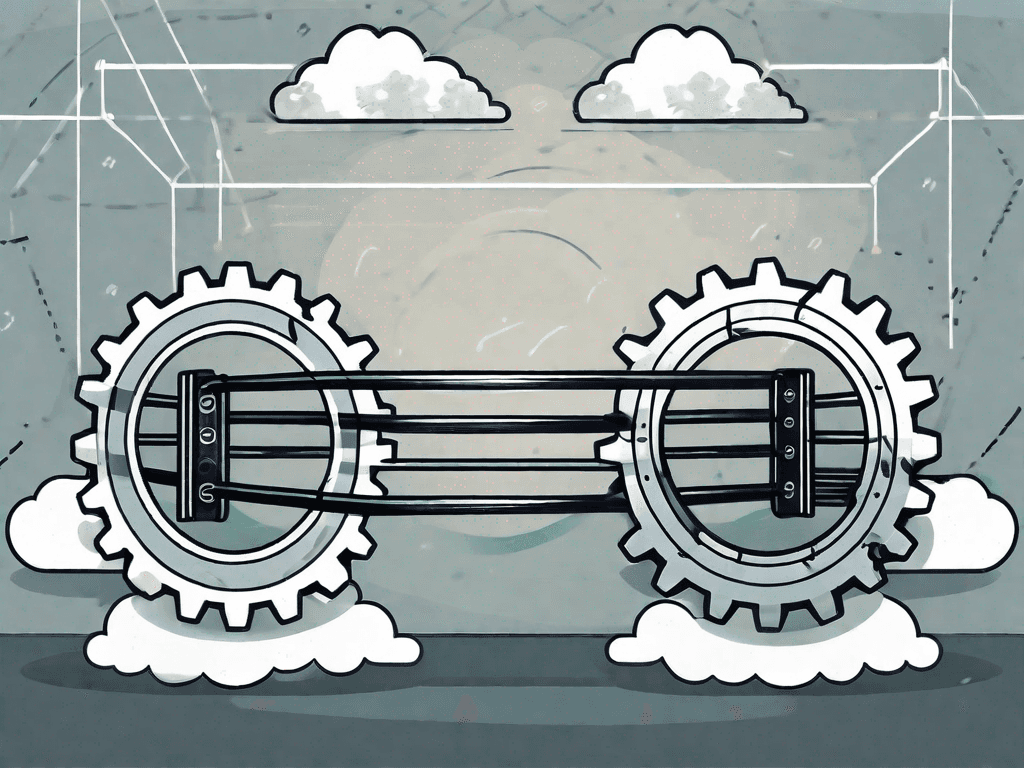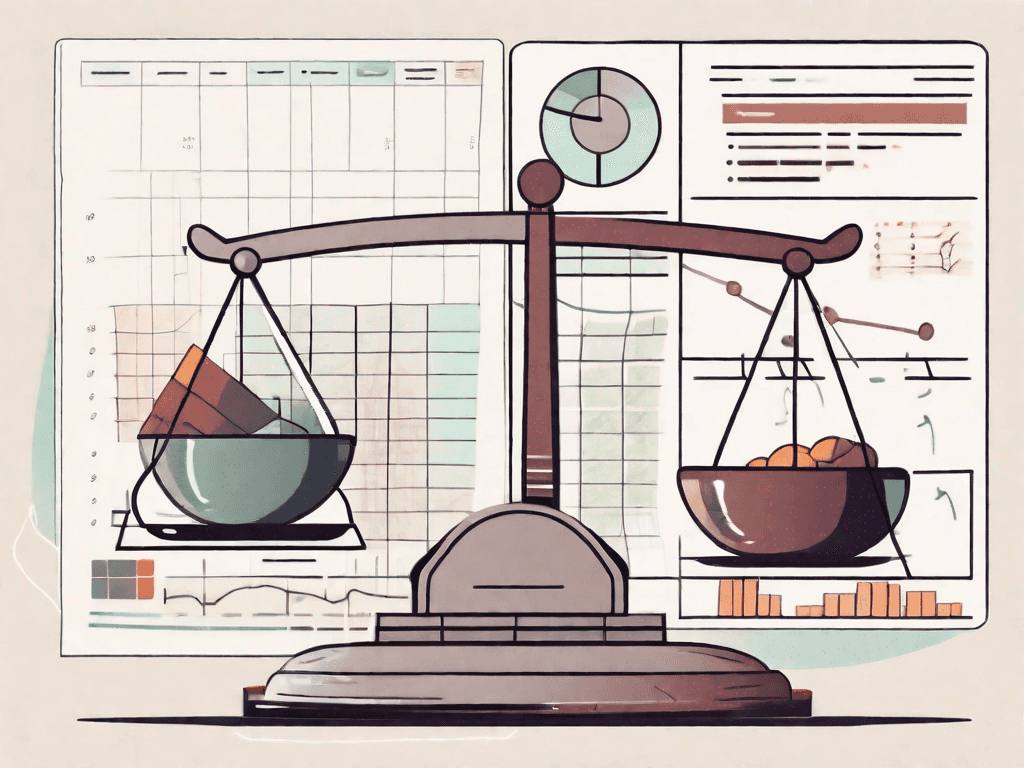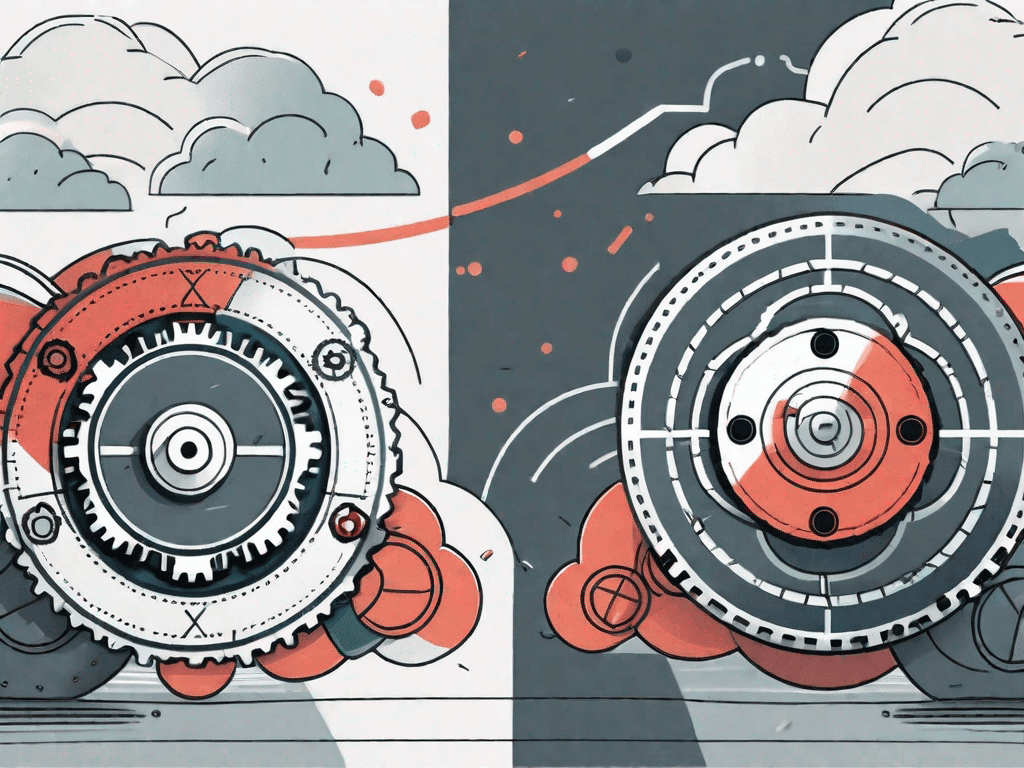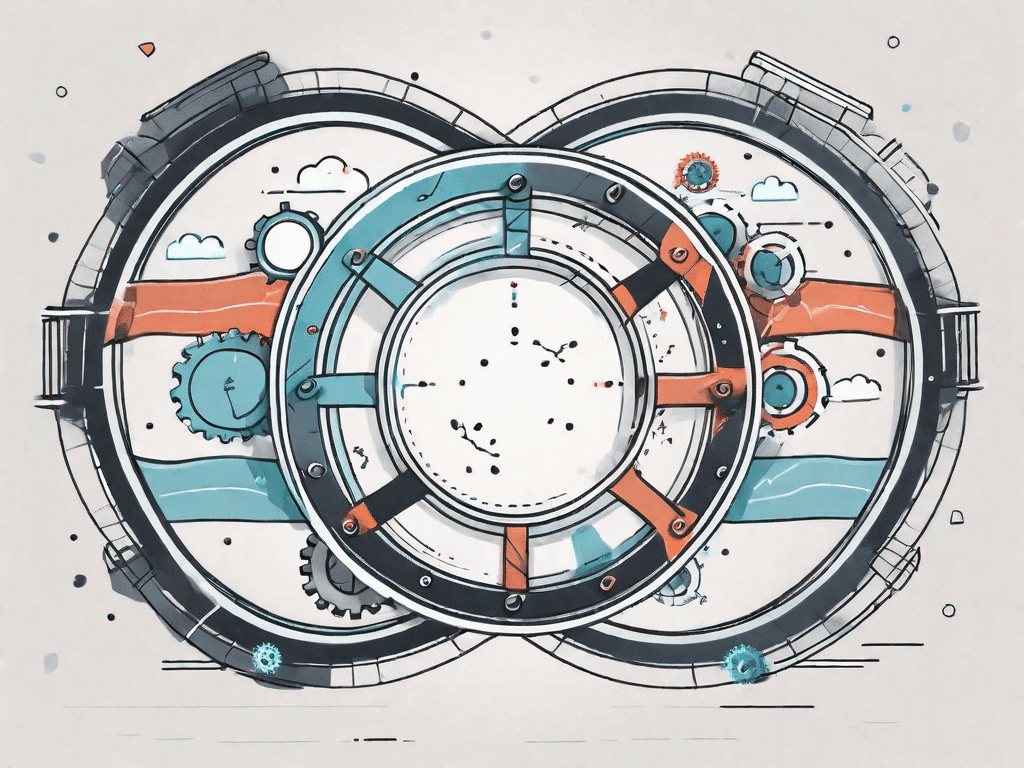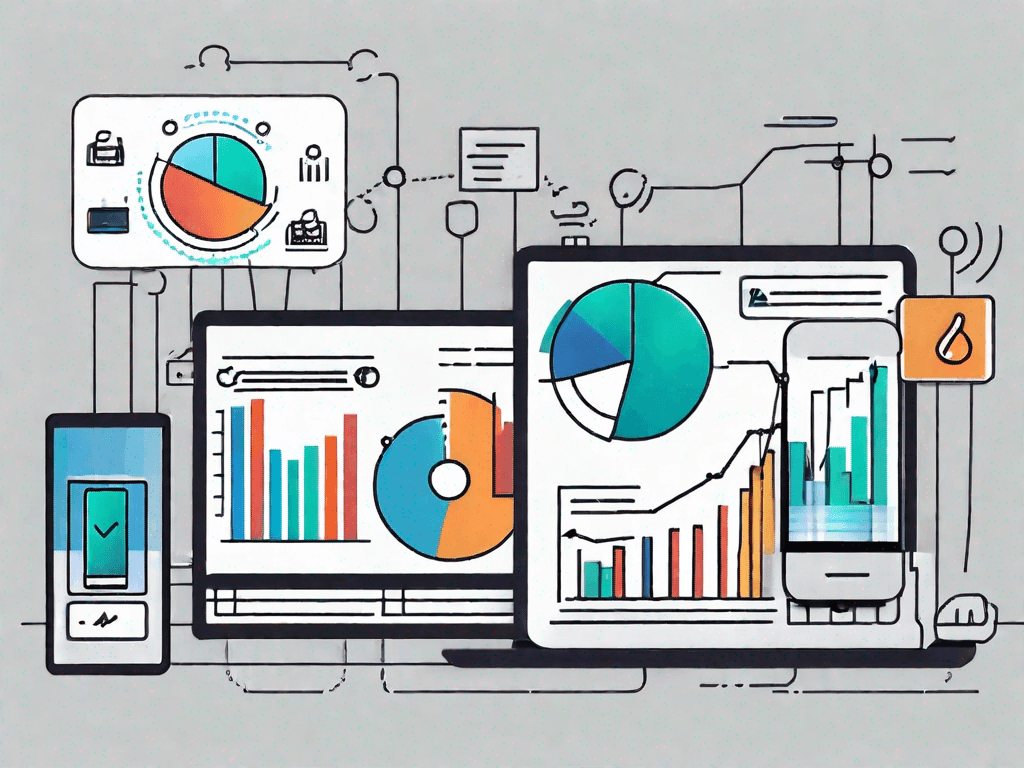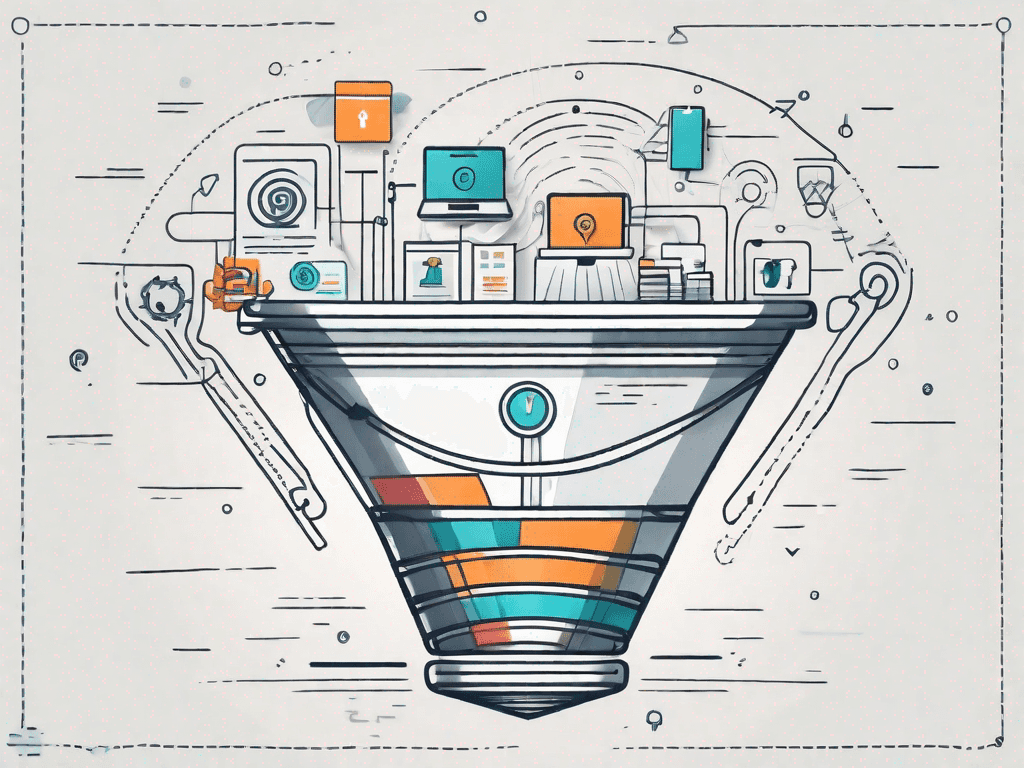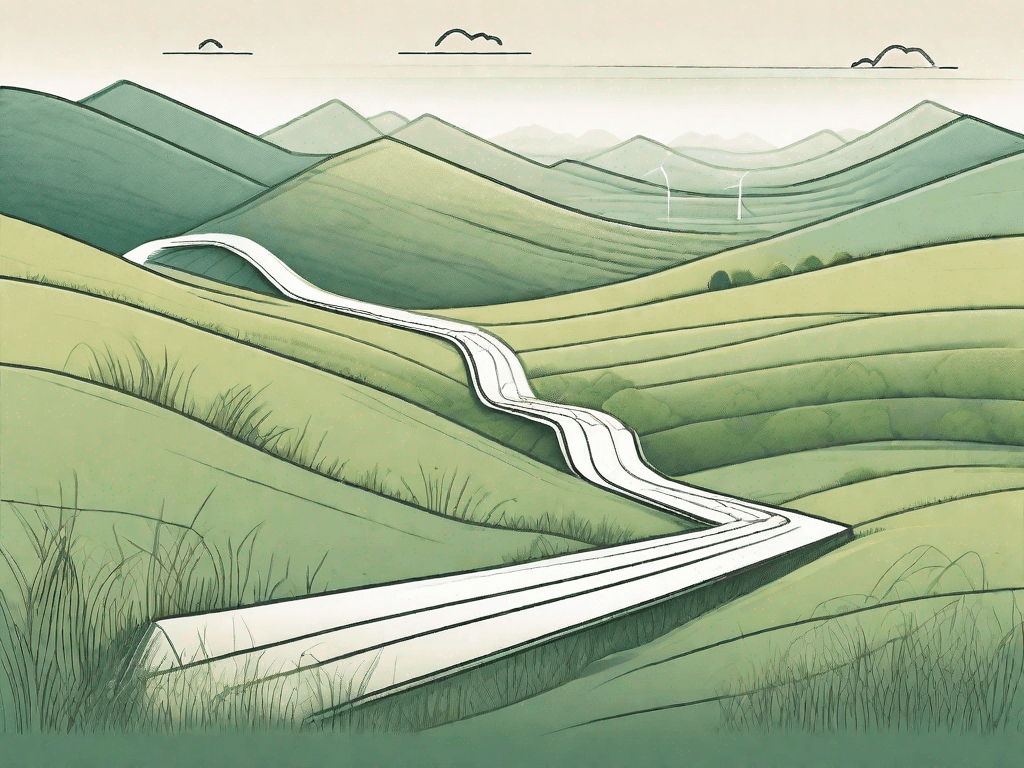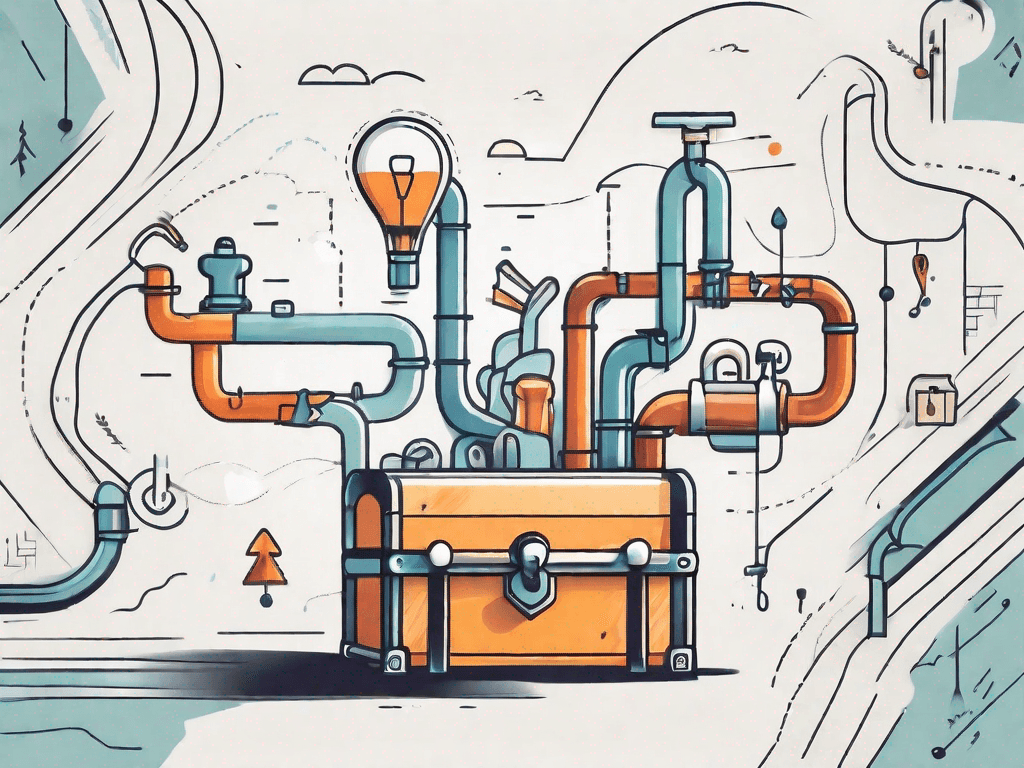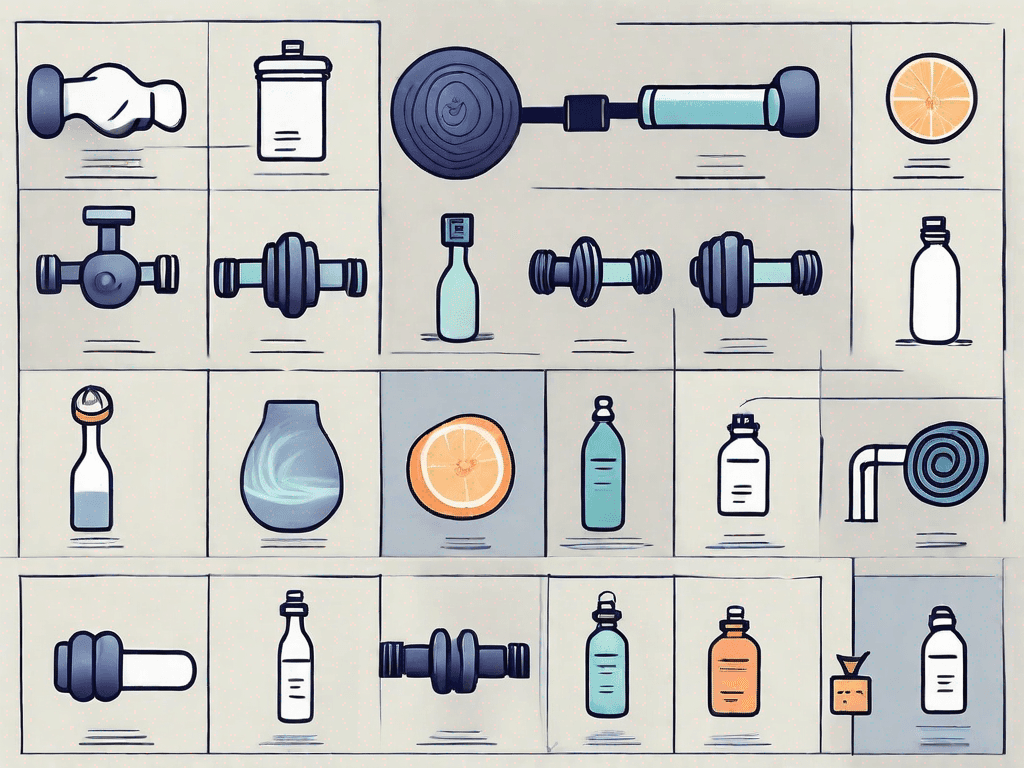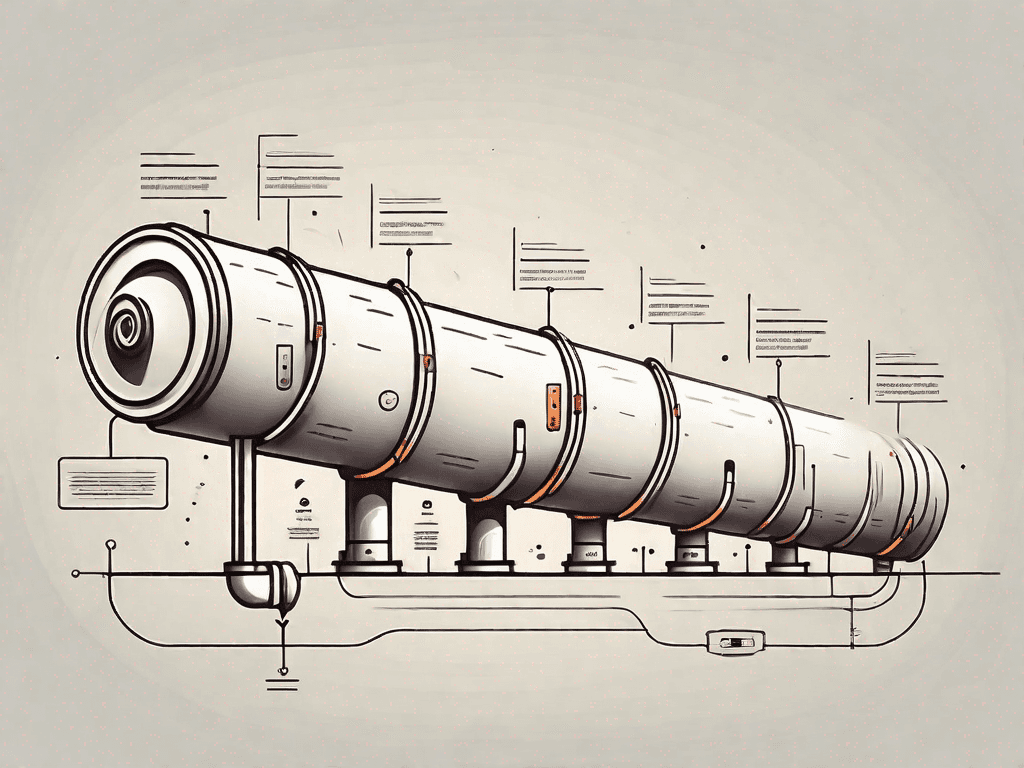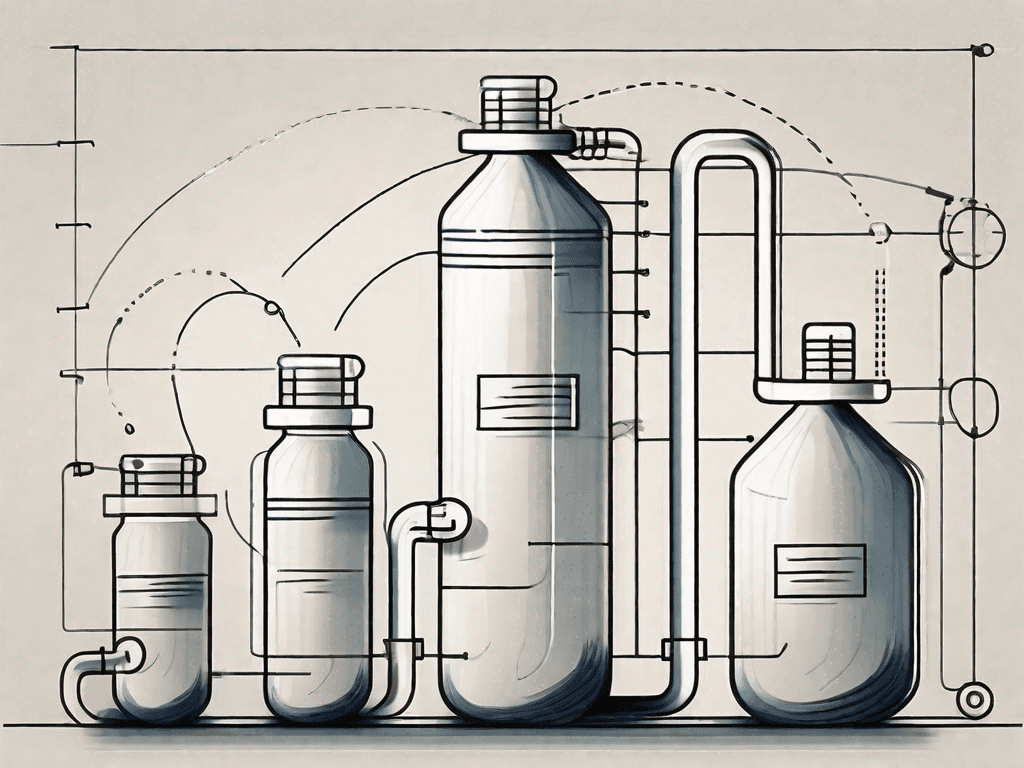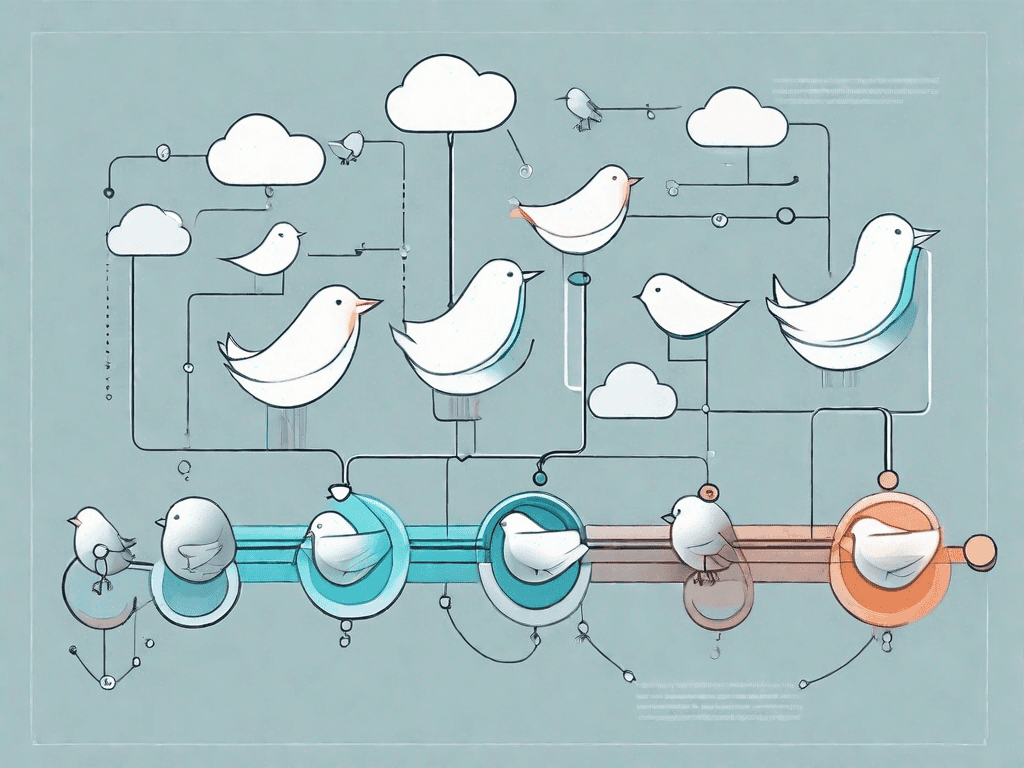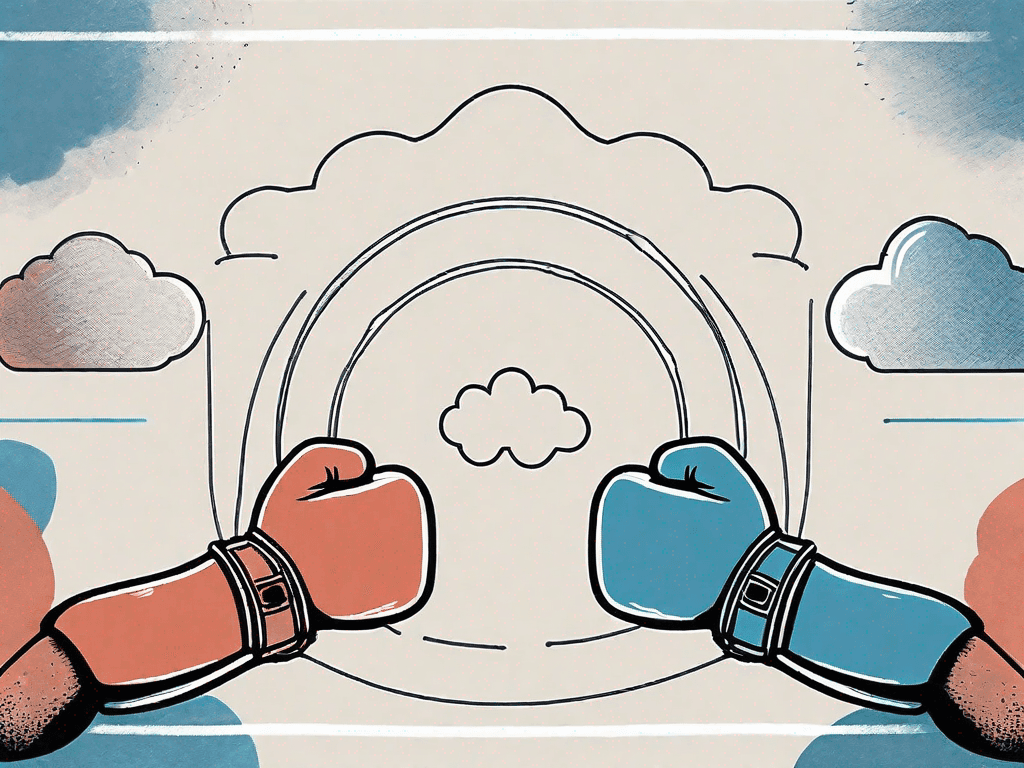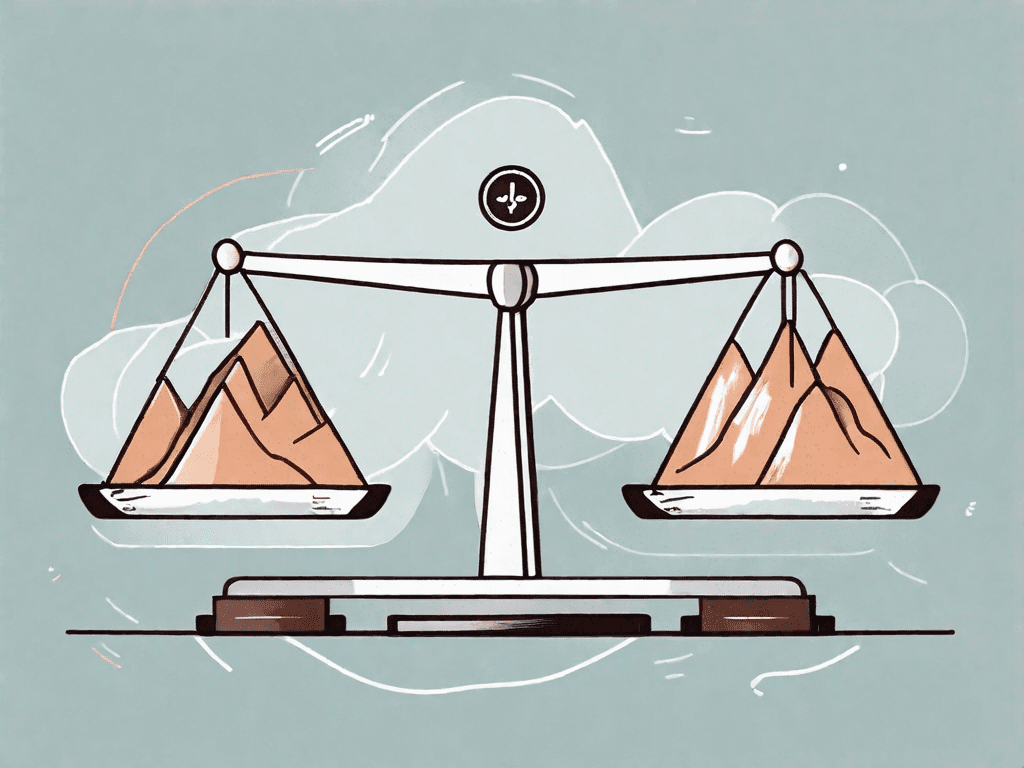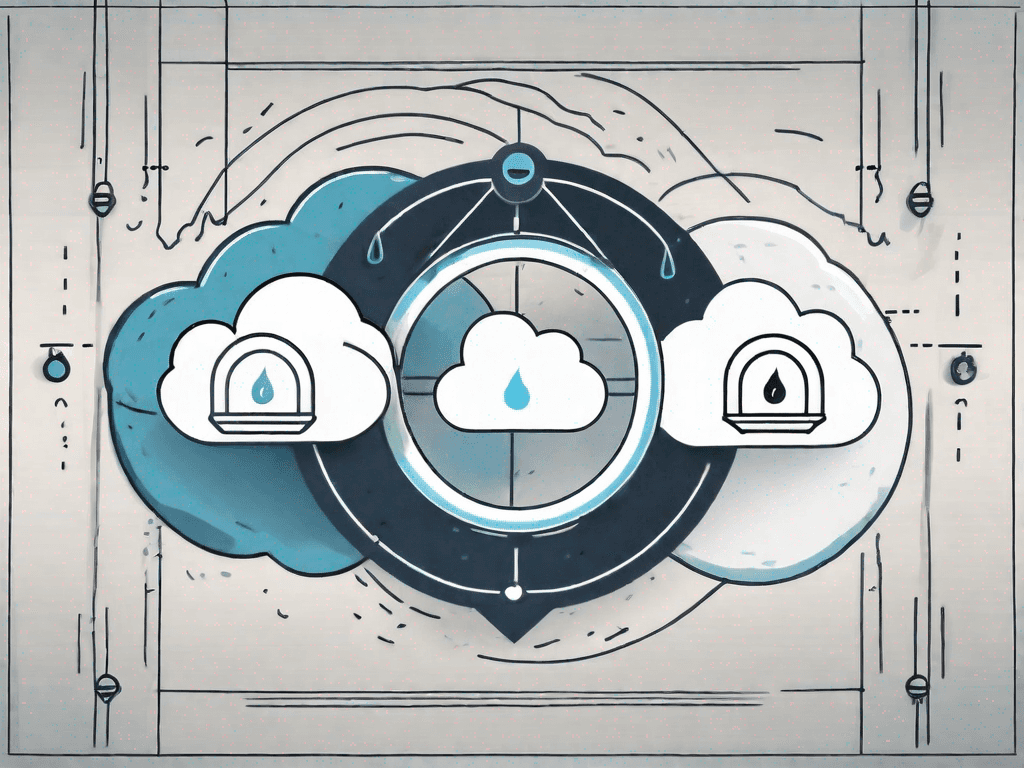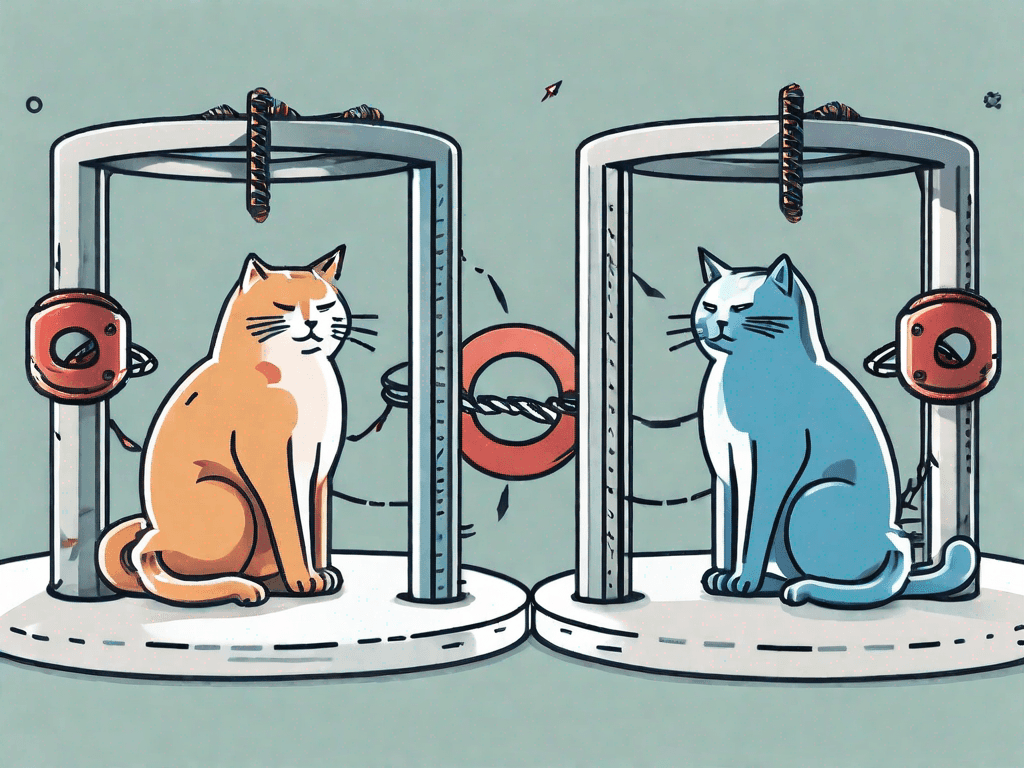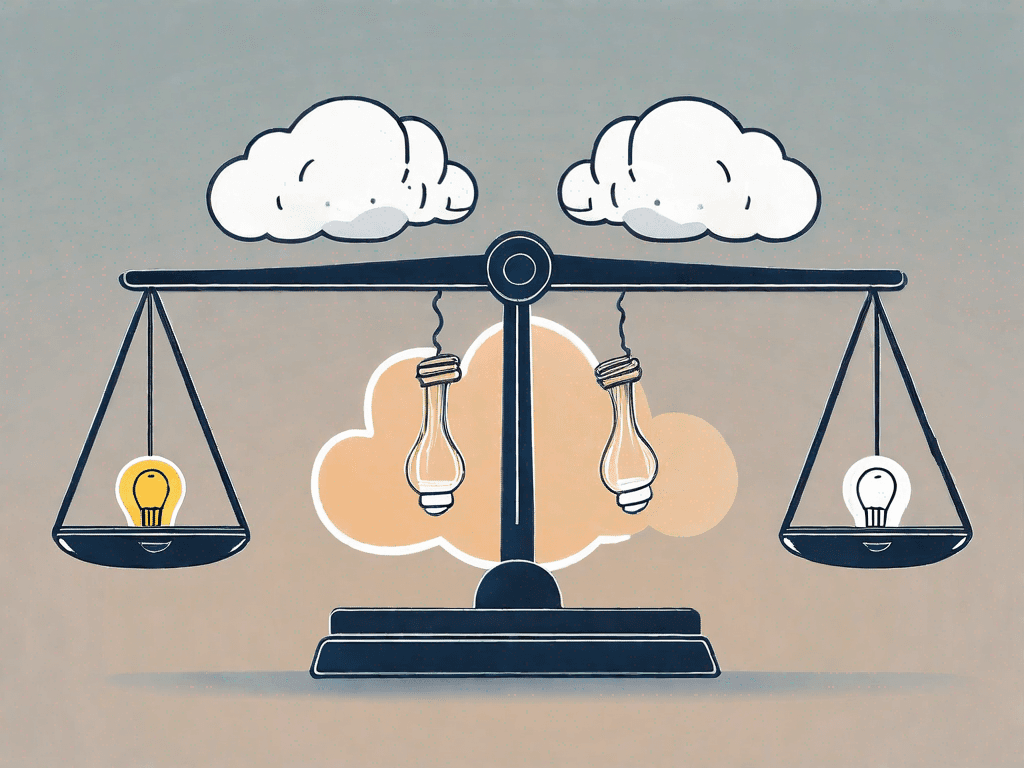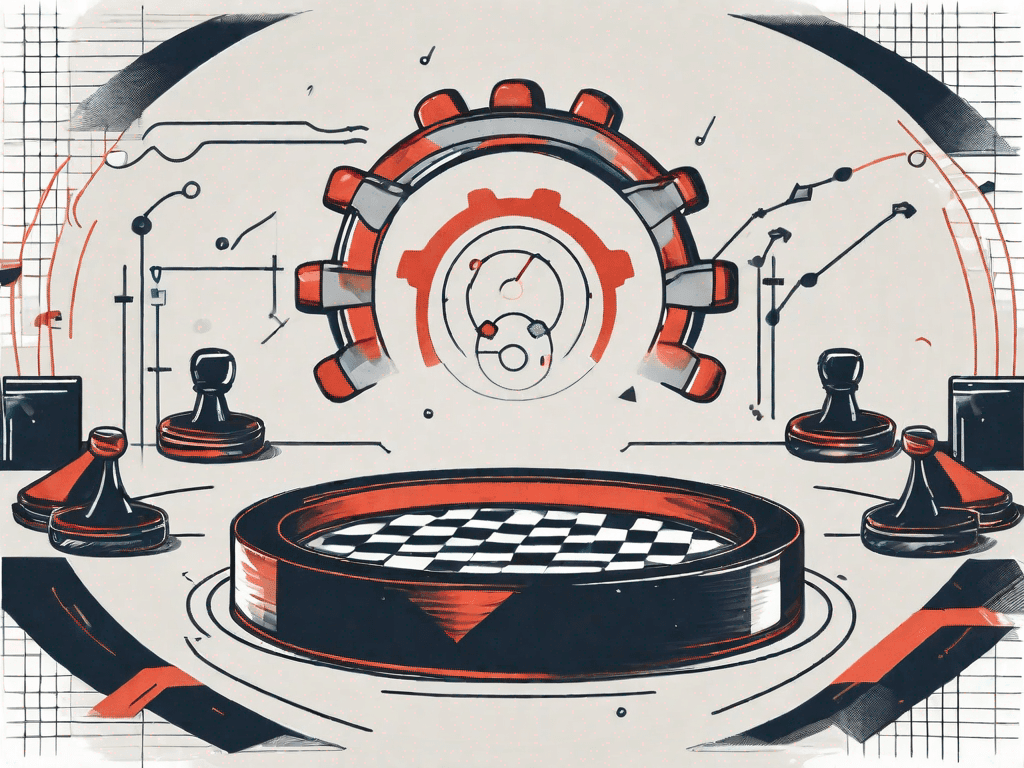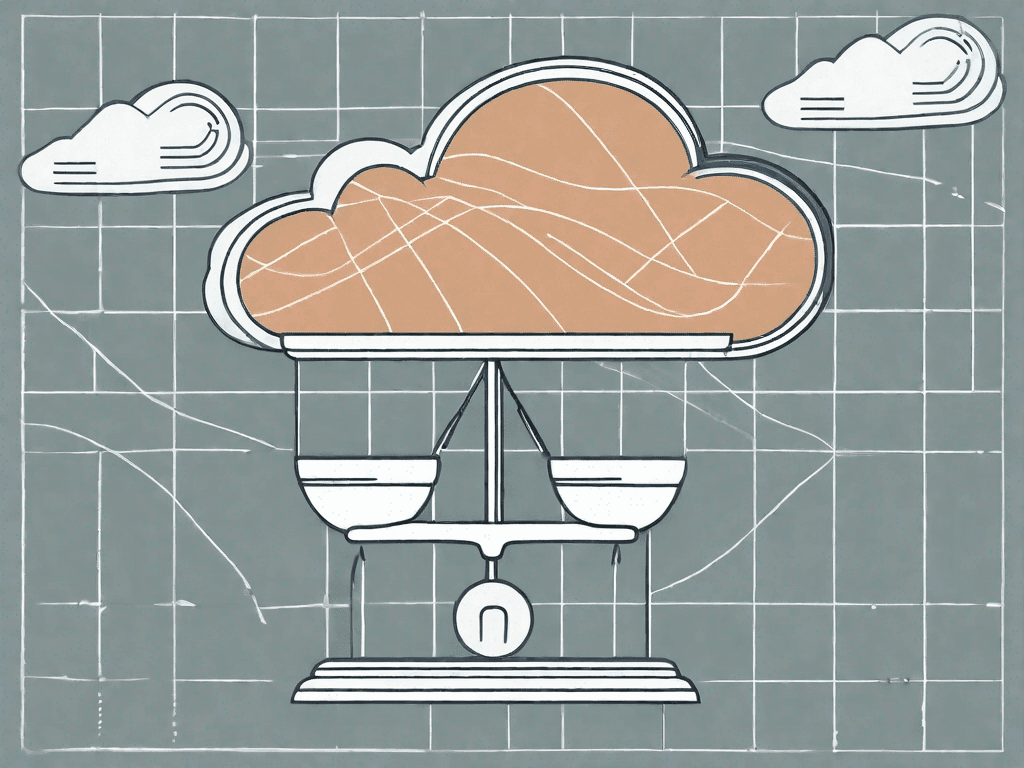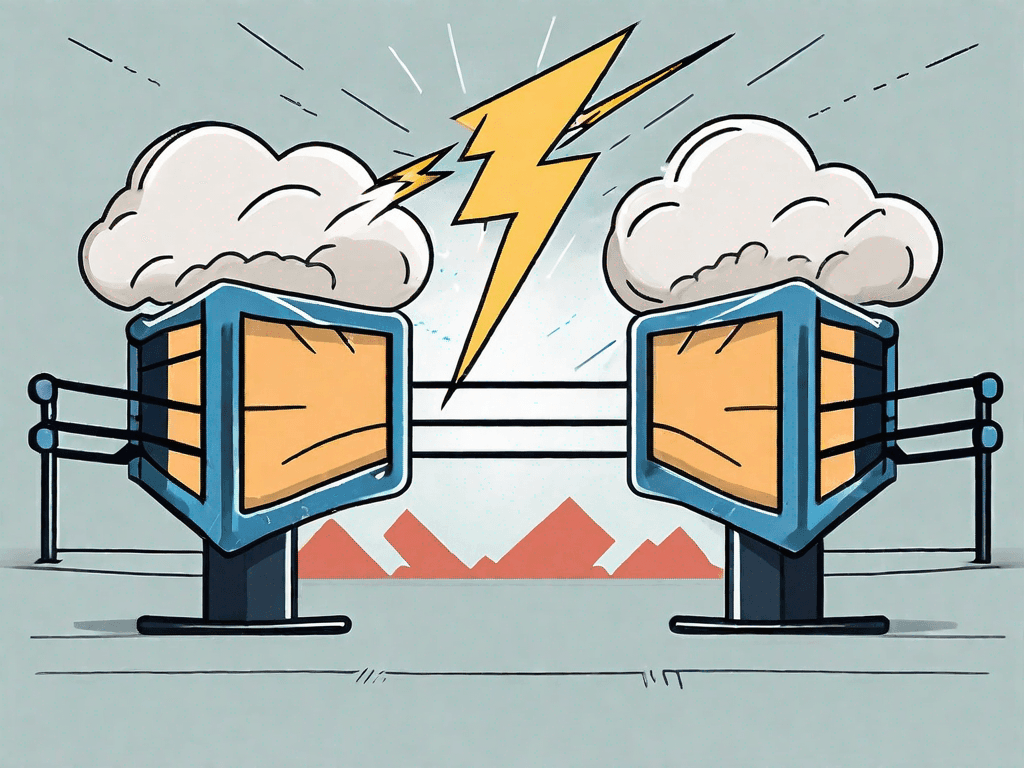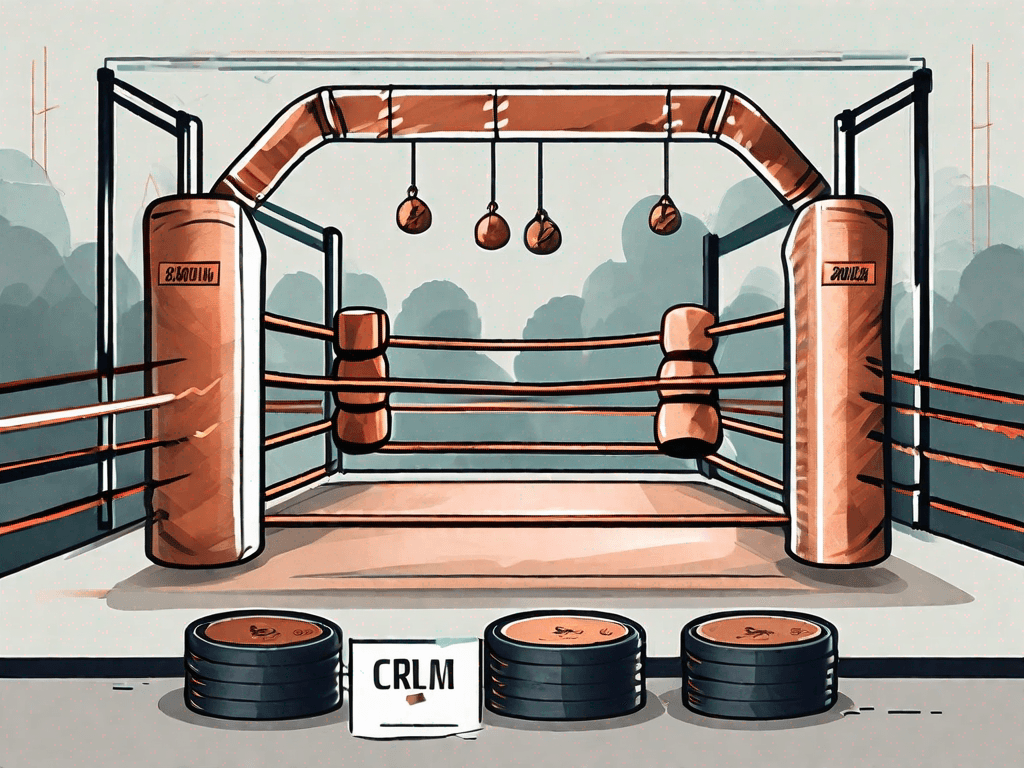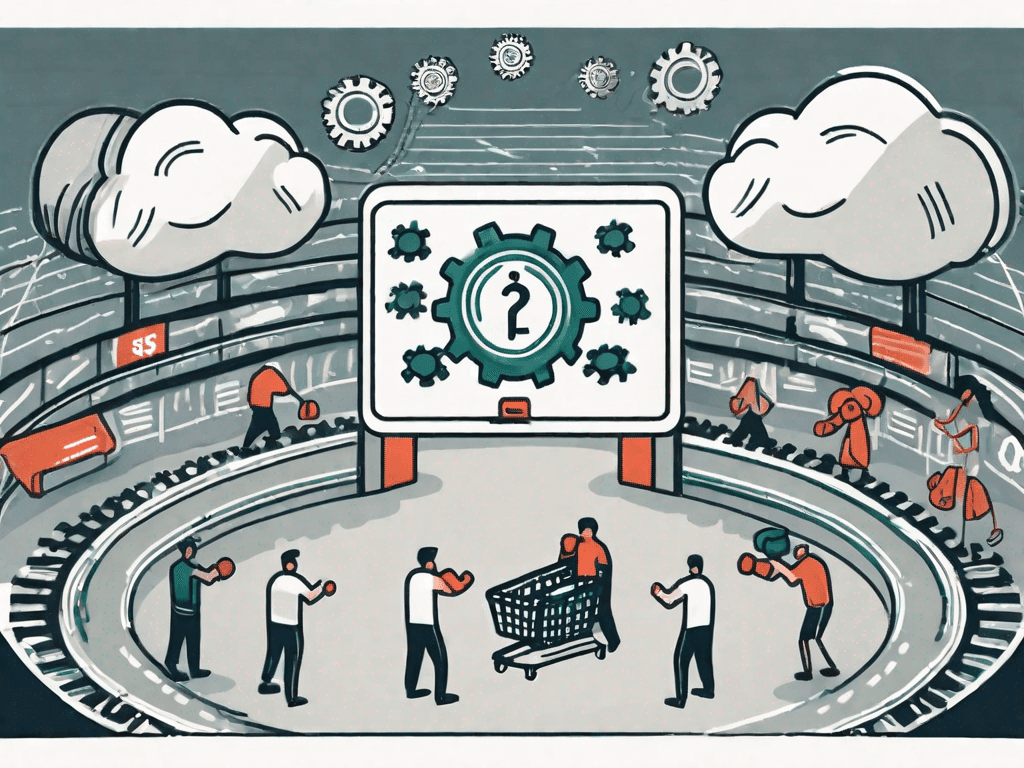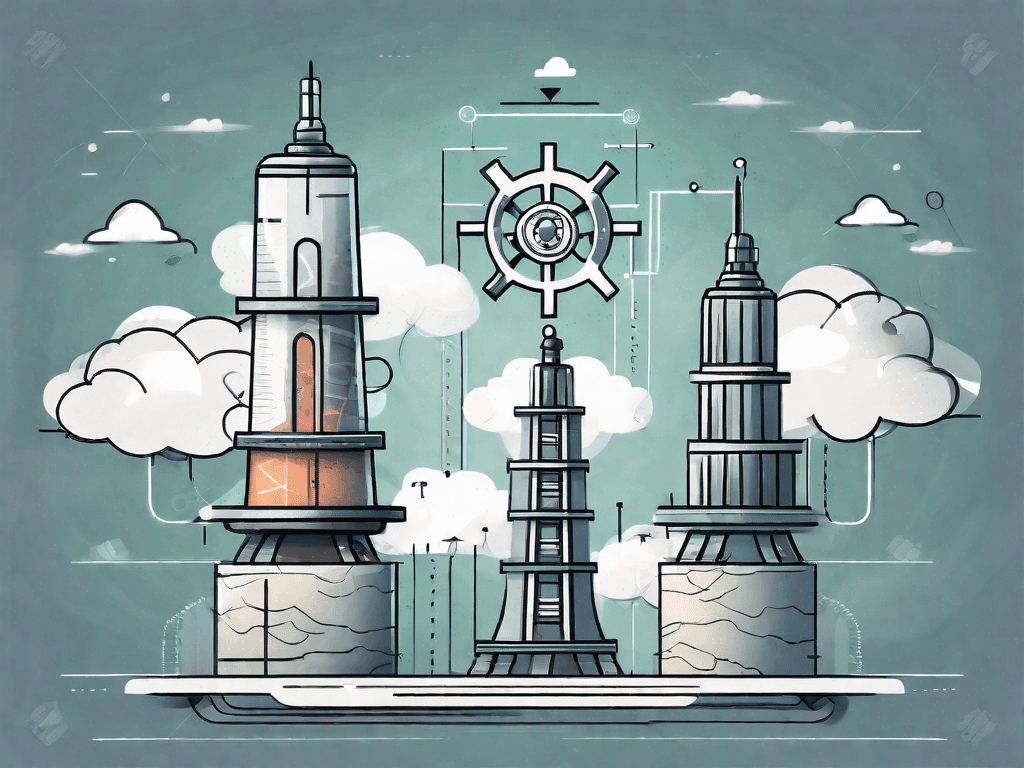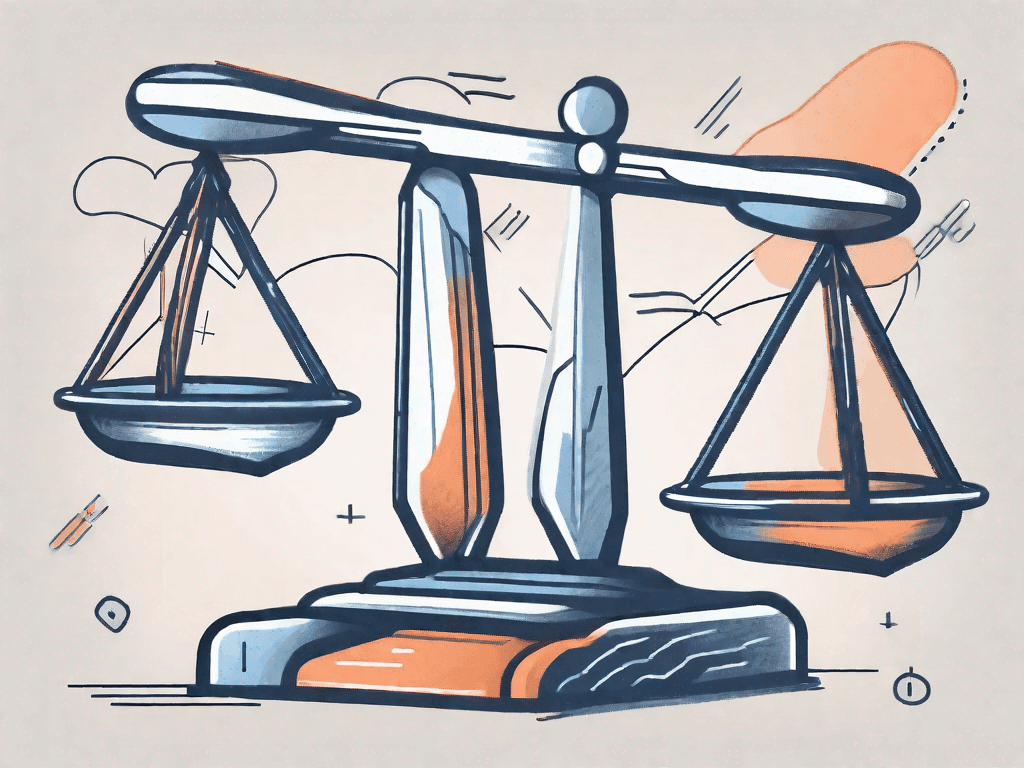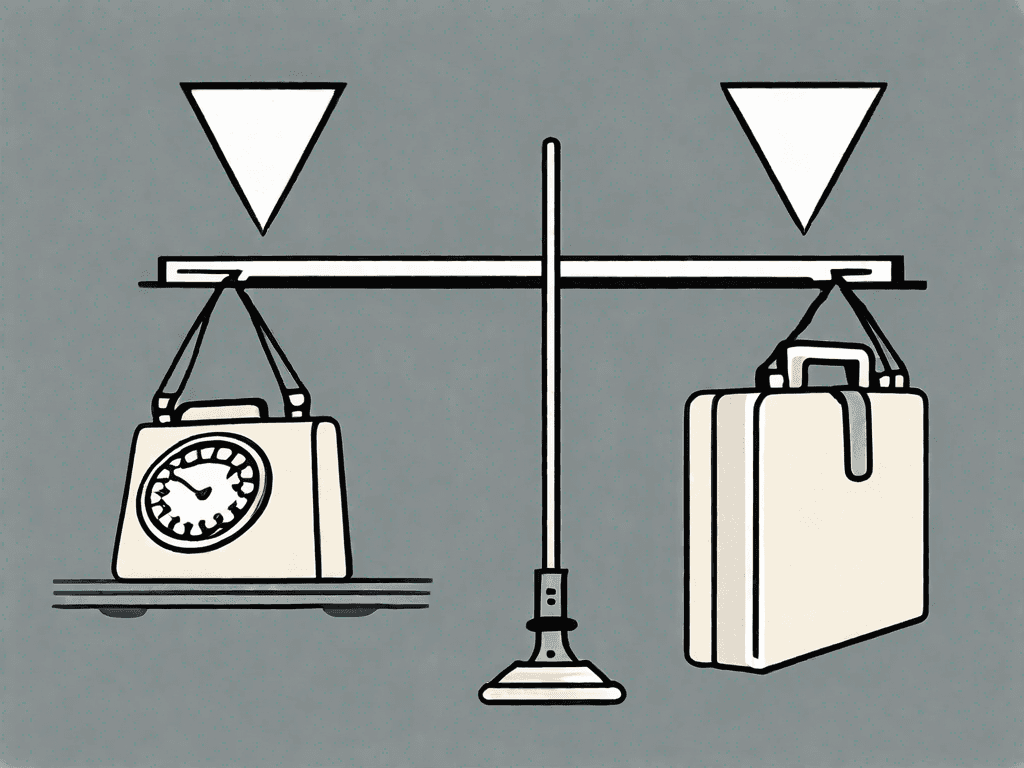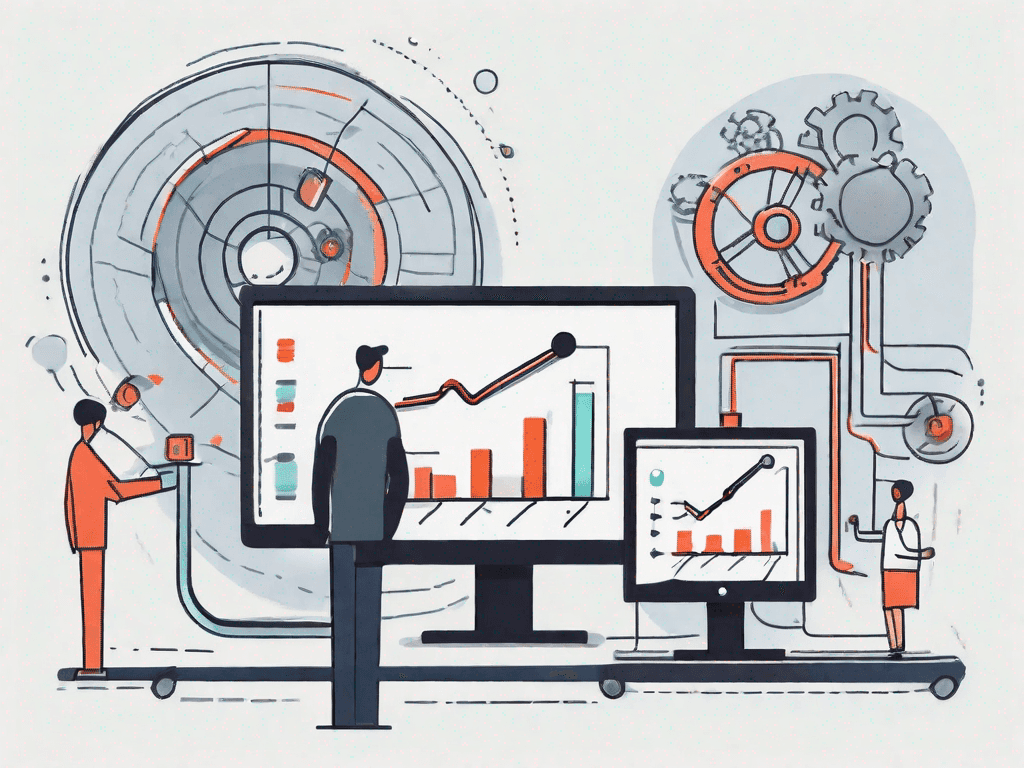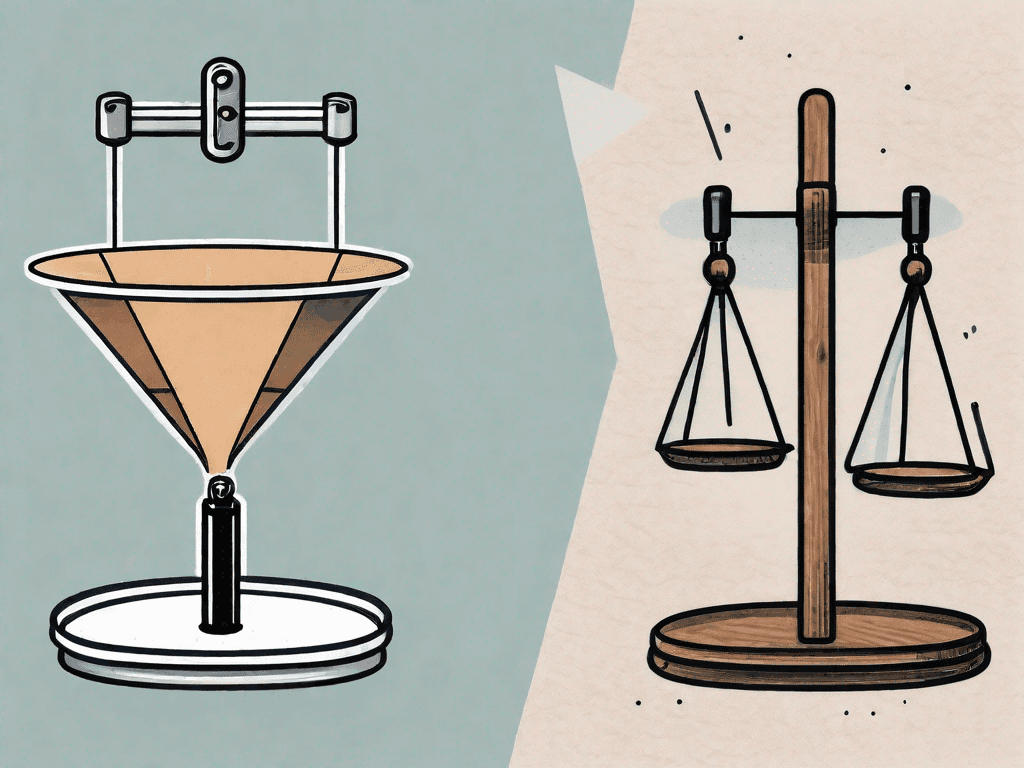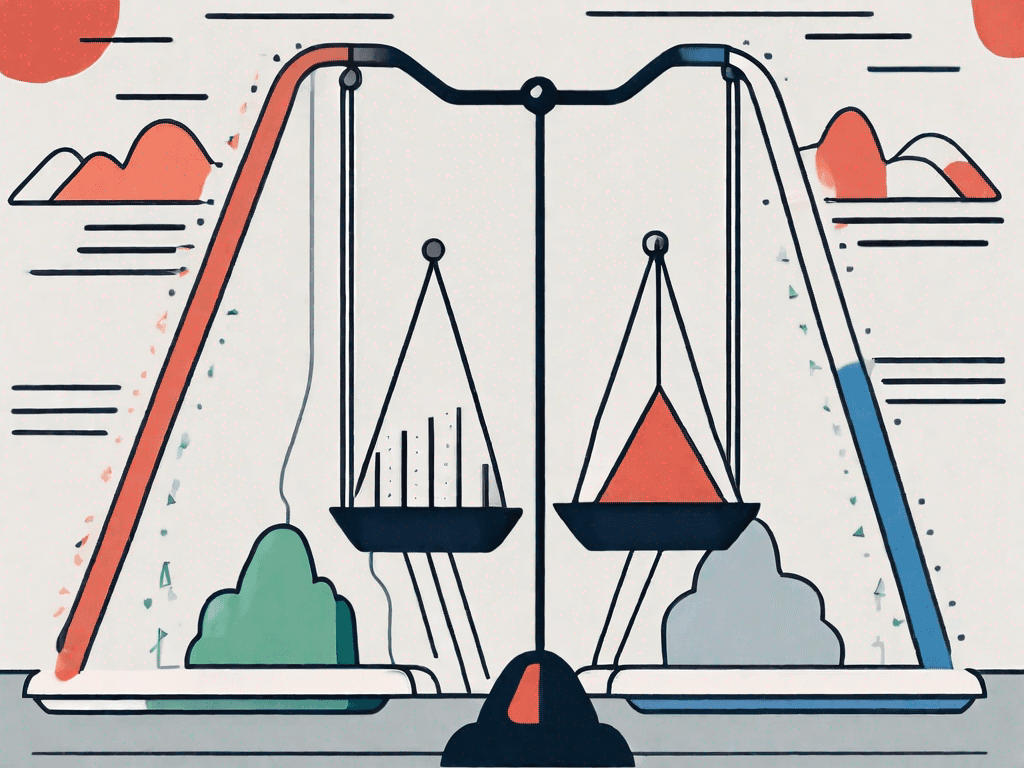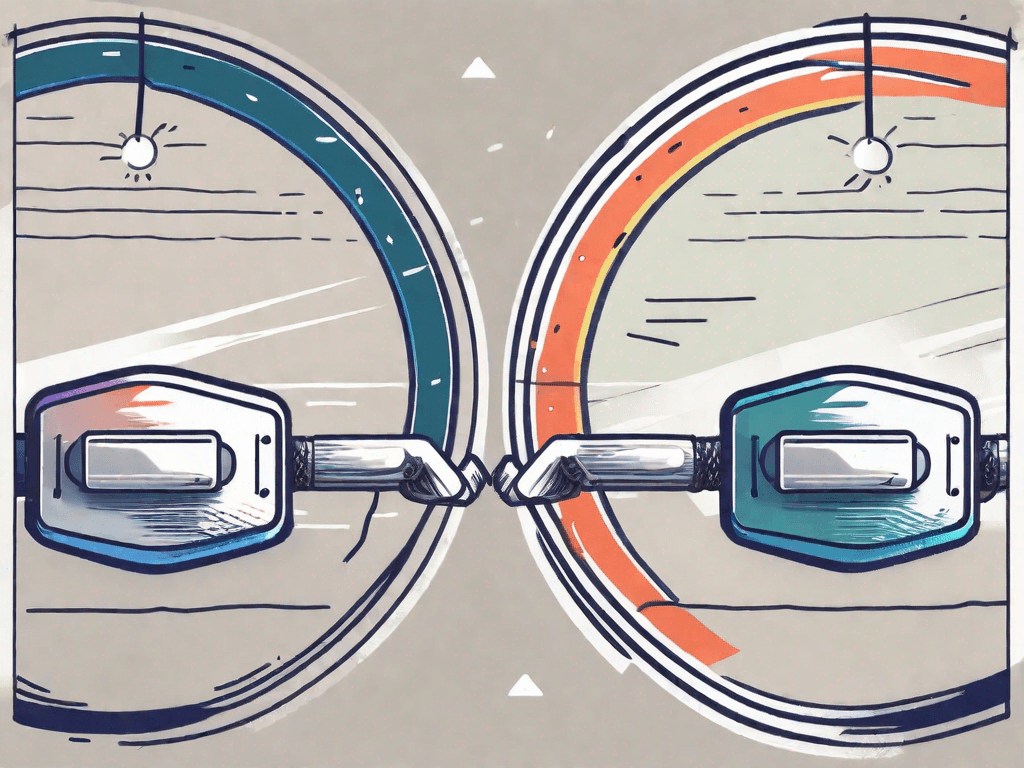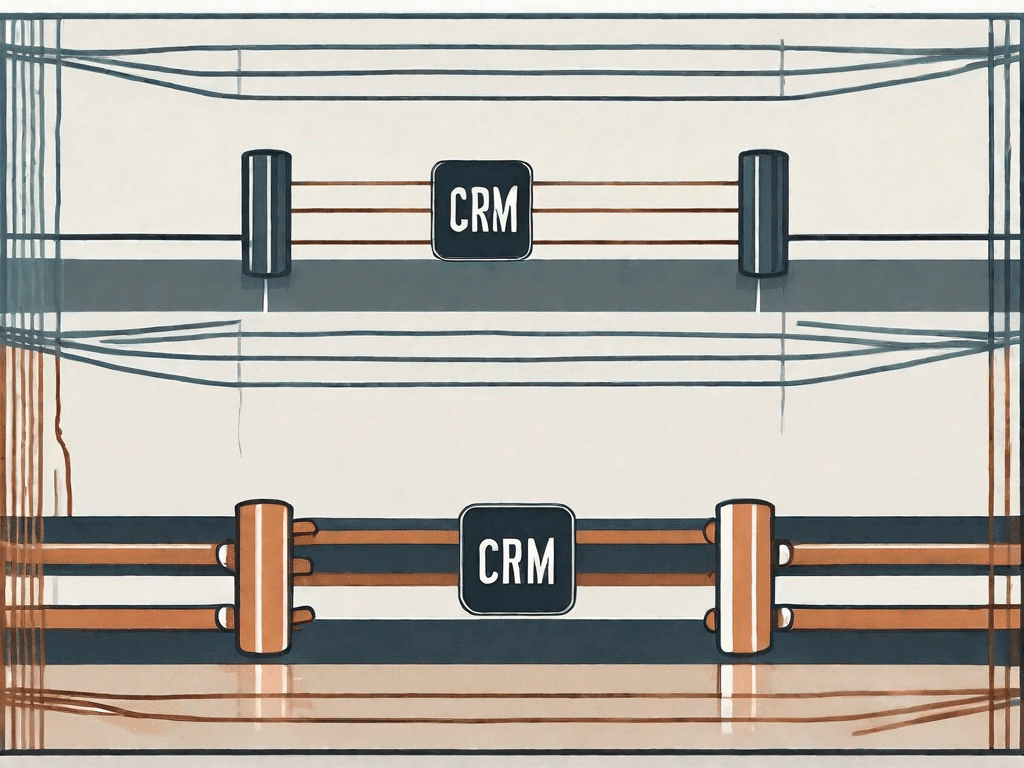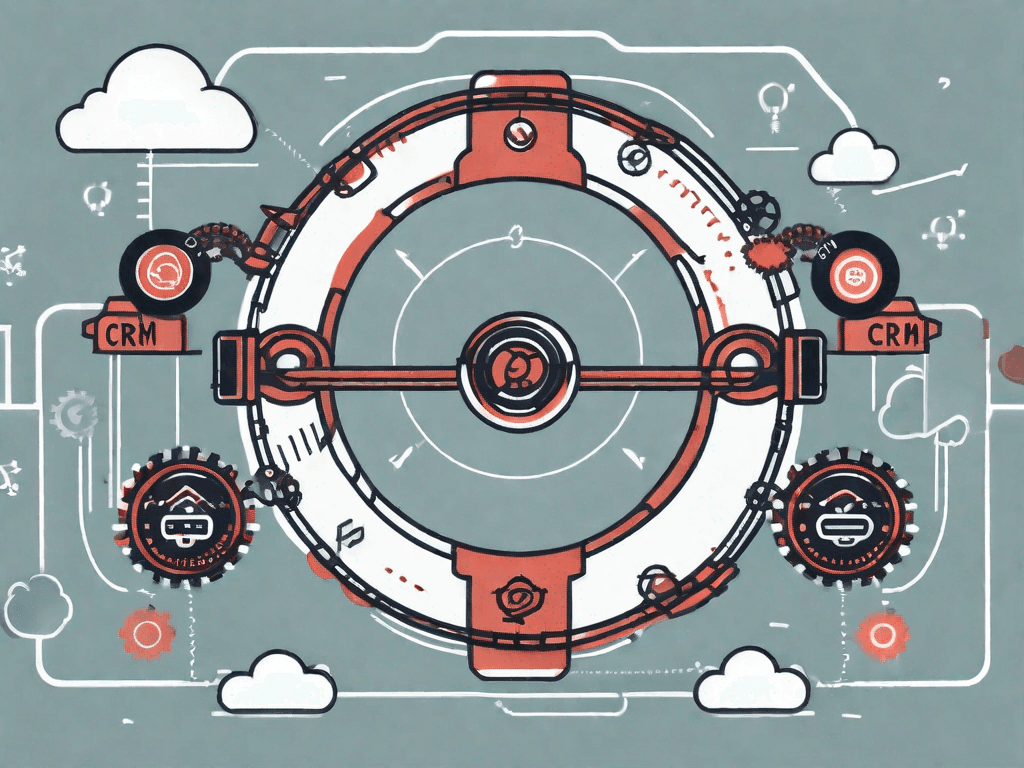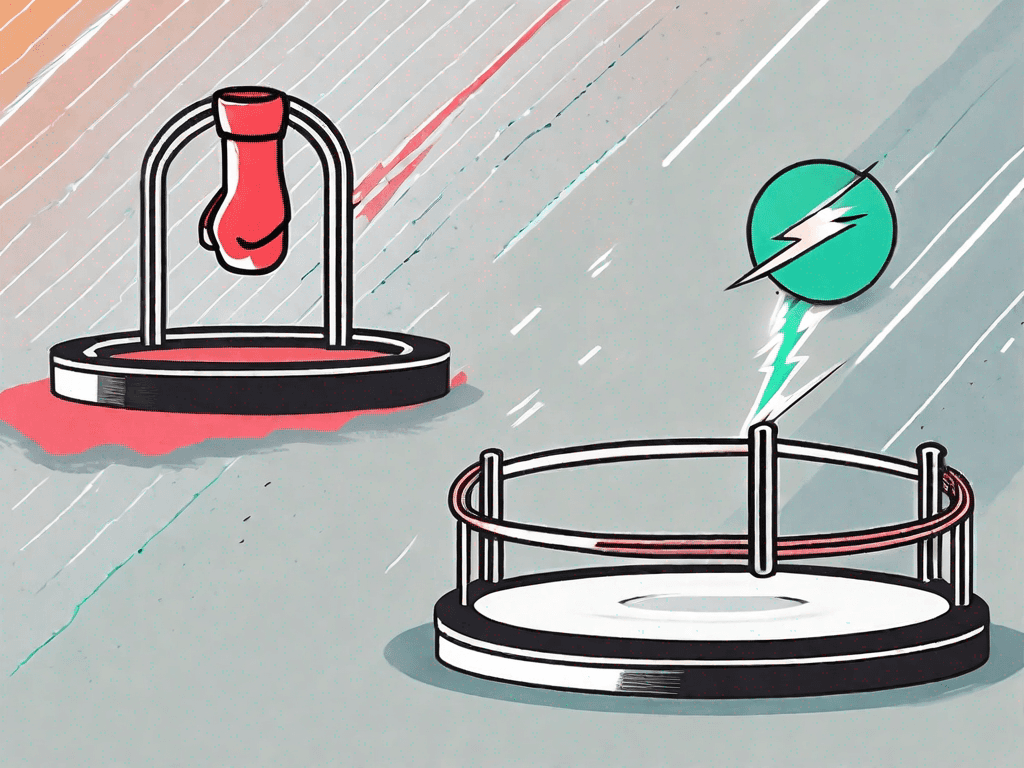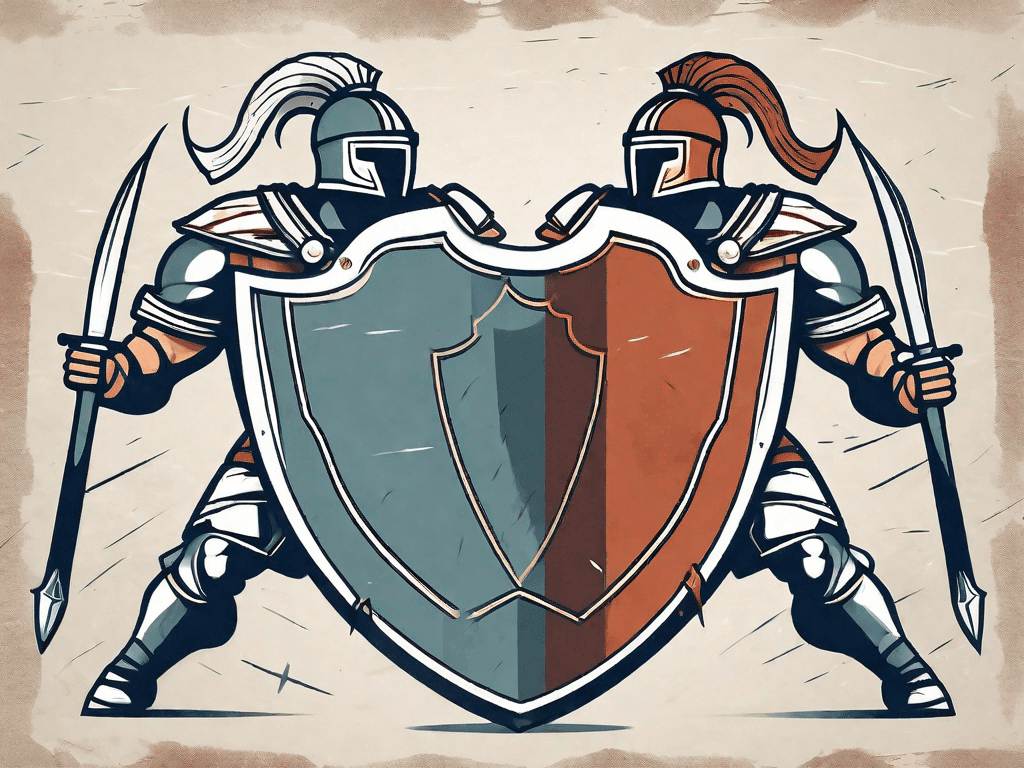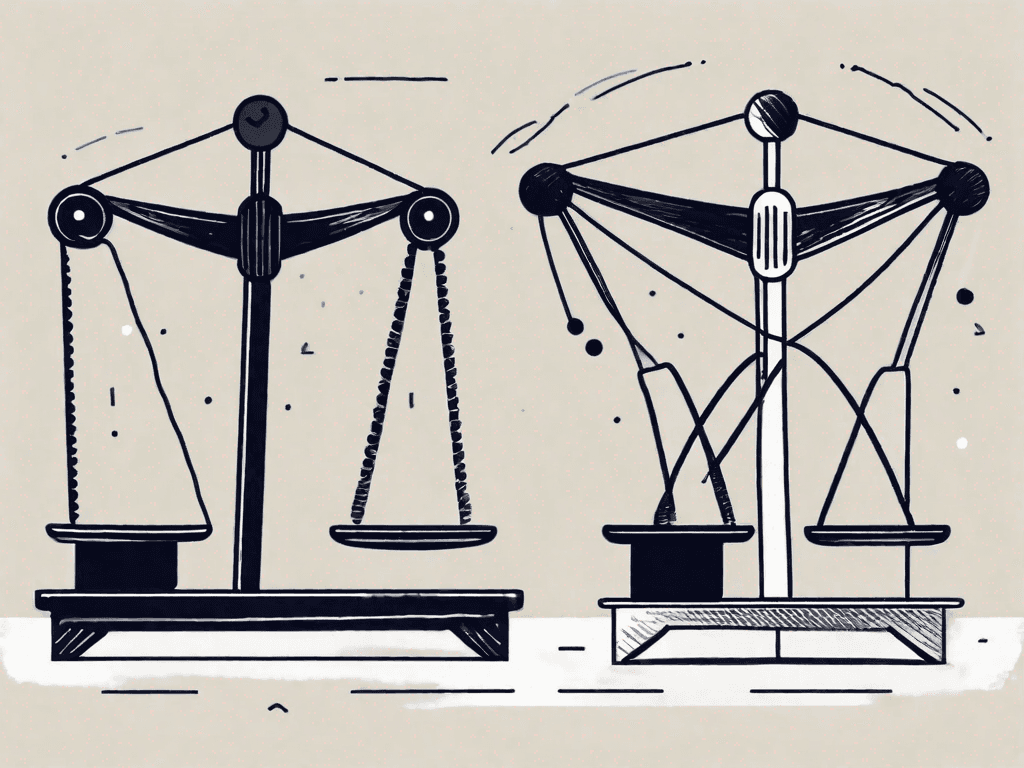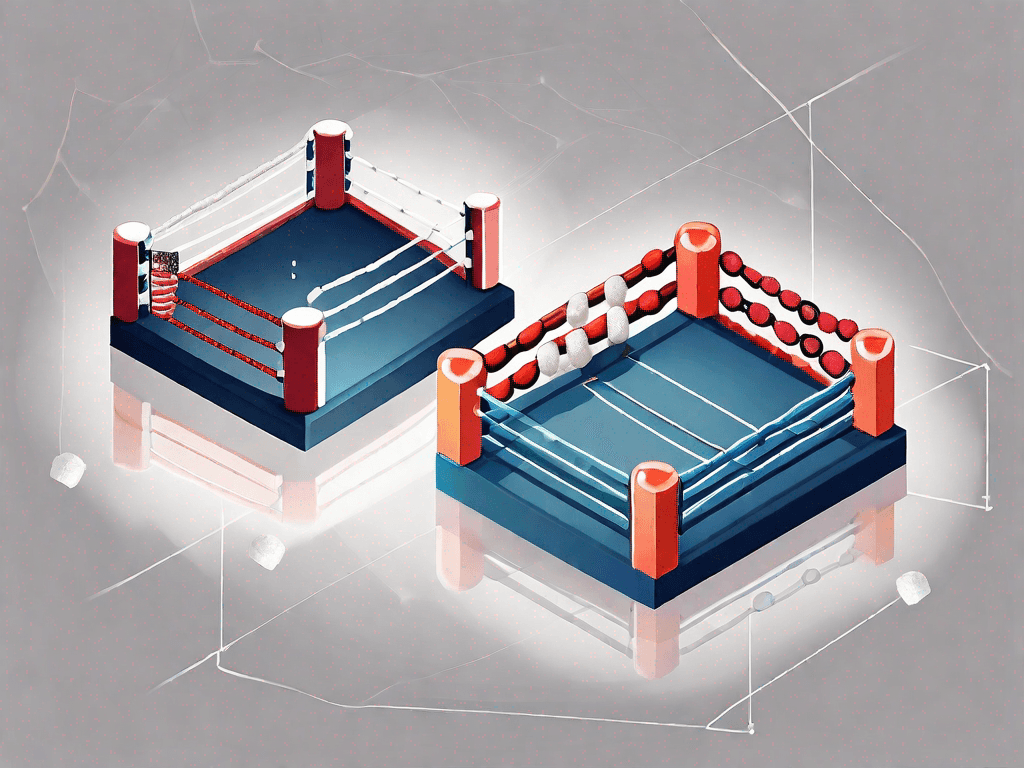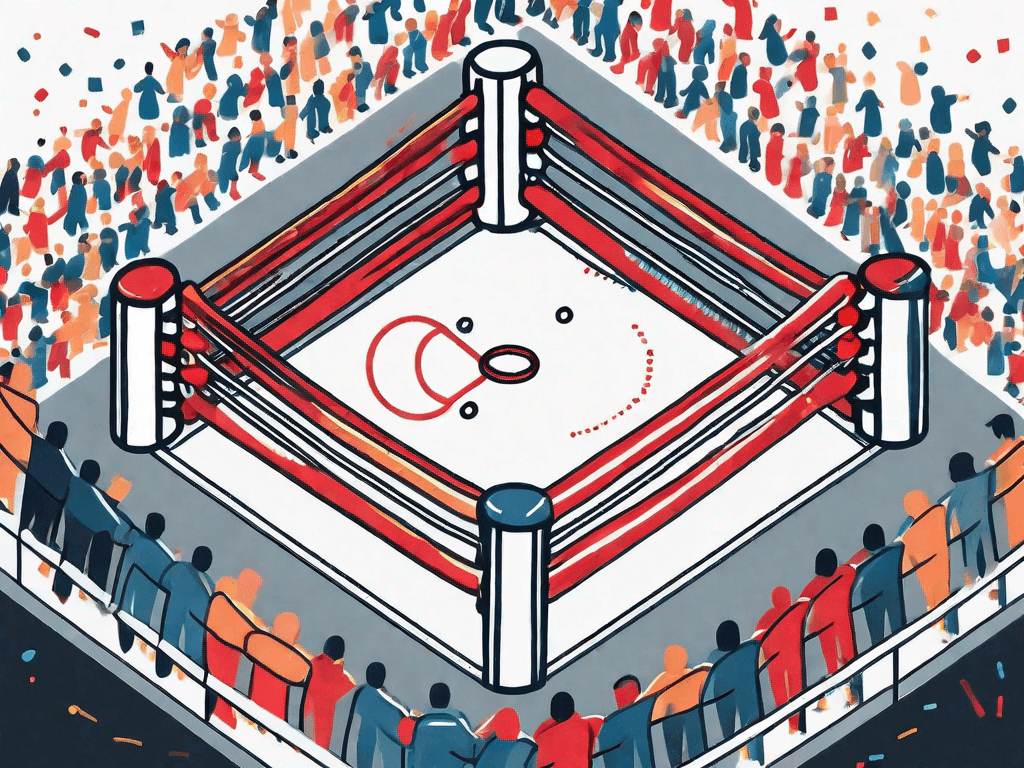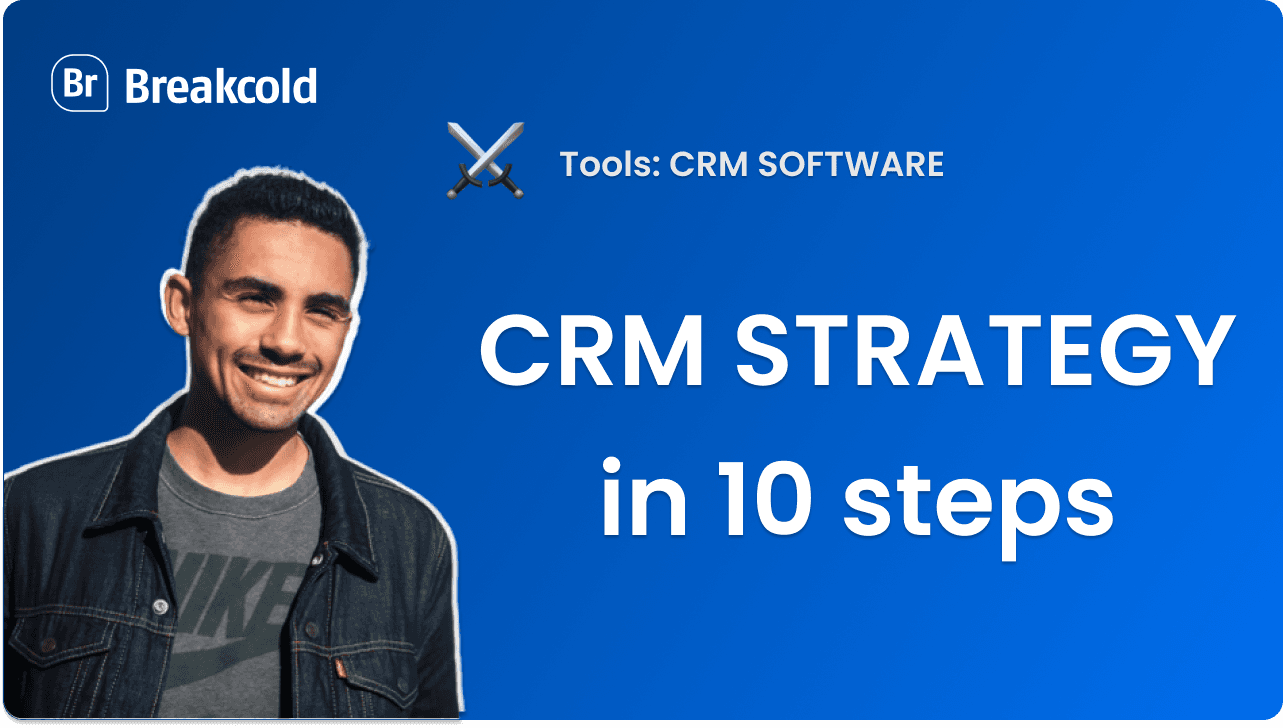
Whether you are in charge of marketing, sales, or customer service, there’s the same base of your performance - happy customers. There are thousands of tools for experimenting here, such as chatbot systems, triggered messages, or popups. But there’s one must-have solution - customer relationship management (CRM) software. Among its main advantages are improved data management, personalized customer communications, and accurate sales forecasting.
However, if you use a CRM tool without a strategy, it brings overlooked leads, scattered data, and impersonal communications instead.
To guide your first steps, we created this article. Find out detailed instructions on each step of building a CRM strategy that goes in line with your company goals.
What is a CRM strategy?
A CRM strategy is a cross-departmental plan to personalize the experience for potential and current customers based on in-depth insights about their communication preferences, engagement patterns, demographics, company info, browsing, purchasing, and customer service interactions.
Its basic elements are CRM tools, processes, and all staffing (organizational structure, skills, incentives.)
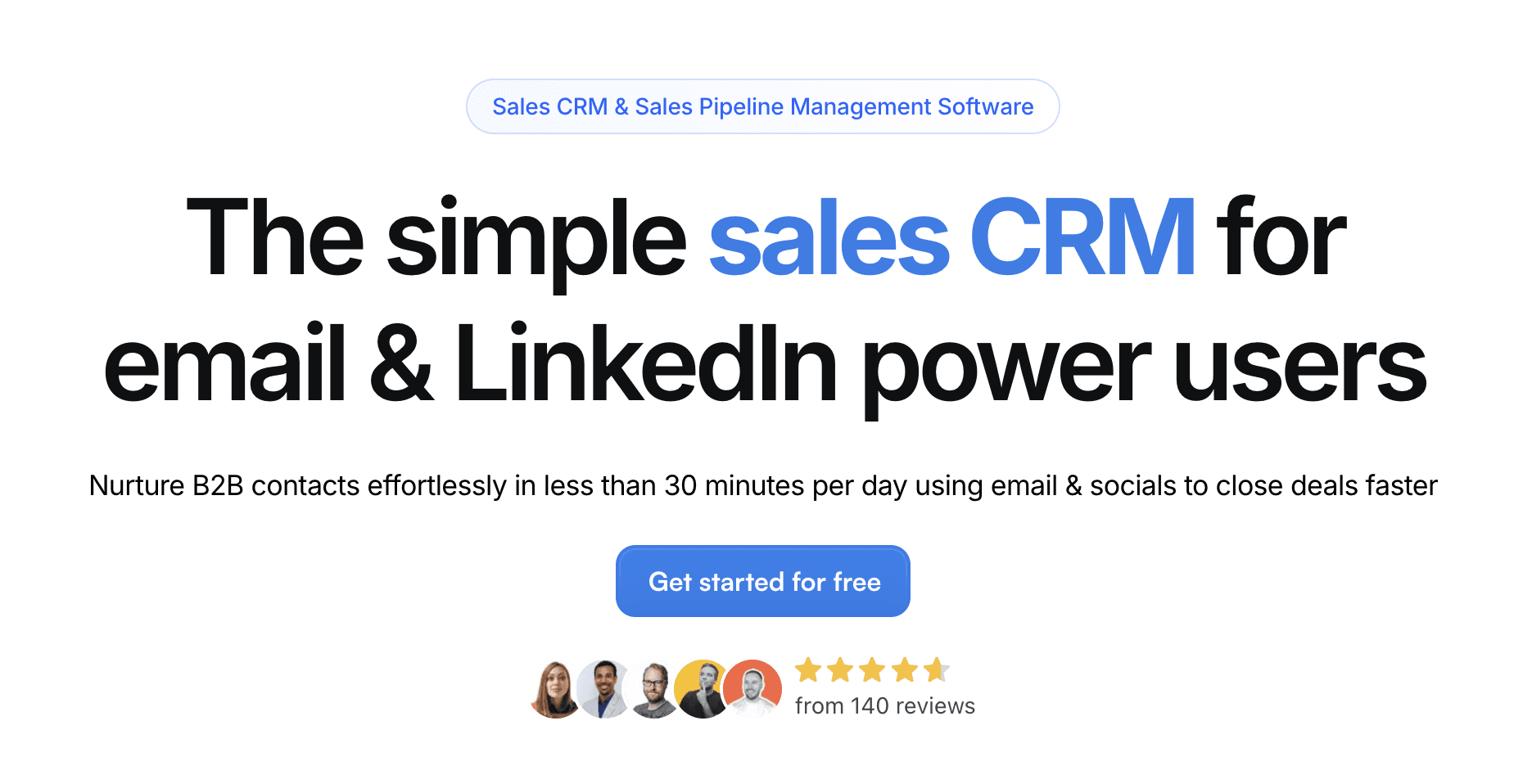
Btw, let’s check if we’re on the same page about what a CRM is👇
What is a CRM?
CRM, or Customer Relationship Management, primarily identifies the software companies use to analyze and manage customer data and interactions. It allows you to manage customer communications across different channels and deal pipelines, store customer data and distribute it among company departments, track team performance, and forecast sales.
Here are some examples of how its interface looks like

Here are some use cases on how different departments use CRM software:
The Sales Manager checks his pipeline and sees an upcoming video call with a potential client. The website behavior analysis highlights that the client is often a visitor of the free affiliate marketing software page where he clicks pricing-related links. These insights are a great base for the sales manager's presentation.
Marketing Managers use a CRM tool to send high-targeted email campaigns. They segment the database and apply filters to find subscribers to a recent webinar. The CRM automation tool lets her schedule a series of personalized emails.
The Support Manager uses CRM to check for unresolved tickets and notices several clients reported the same issue last week. Digging down into the analysis of their profiles, she discovers that most of them use an old version of a company app. She sets the higher priority to the issue to the developers and sends an automated email guiding clients on how to update their applications.

5 reasons to build a CRM strategy
A robust CRM strategy can help your company improve:
61% of CRM users reported better data management.
50% of managers say that their productivity increased with a CRM tool.
47% of CRM users agree that centralizing customer data allows businesses to answer customer queries faster and improve customer satisfaction.
Improved lead management, in-time follow-ups, and personalized communication achieved with the help of CRM systems can grow sales CR by up to 300%.
There are cases of email marketing ROI reaching a 30% increase.
This list of CRM advantages proves that it is the perfect solution for growing your business and increasing your bottom.
But how to create an effective CRM strategy if you’ve never done it before?
10 steps to building a successful CRM strategy
Step 1: Set your CRM strategy goals
Think about what you want to achieve. Decrease churn? Grow customer satisfaction rate? Shorten sales cycle?

Consider that your CRM strategy goals should align with your overall company KPIs. Here are examples of metrics businesses set:
Customer satisfaction rate
Sales cycle length
Customer churn
Deals close rate
Customer retention rate
Good, but that’s just an idea. Let’s make it SMART (more specific in numbers) by answering the following questions:
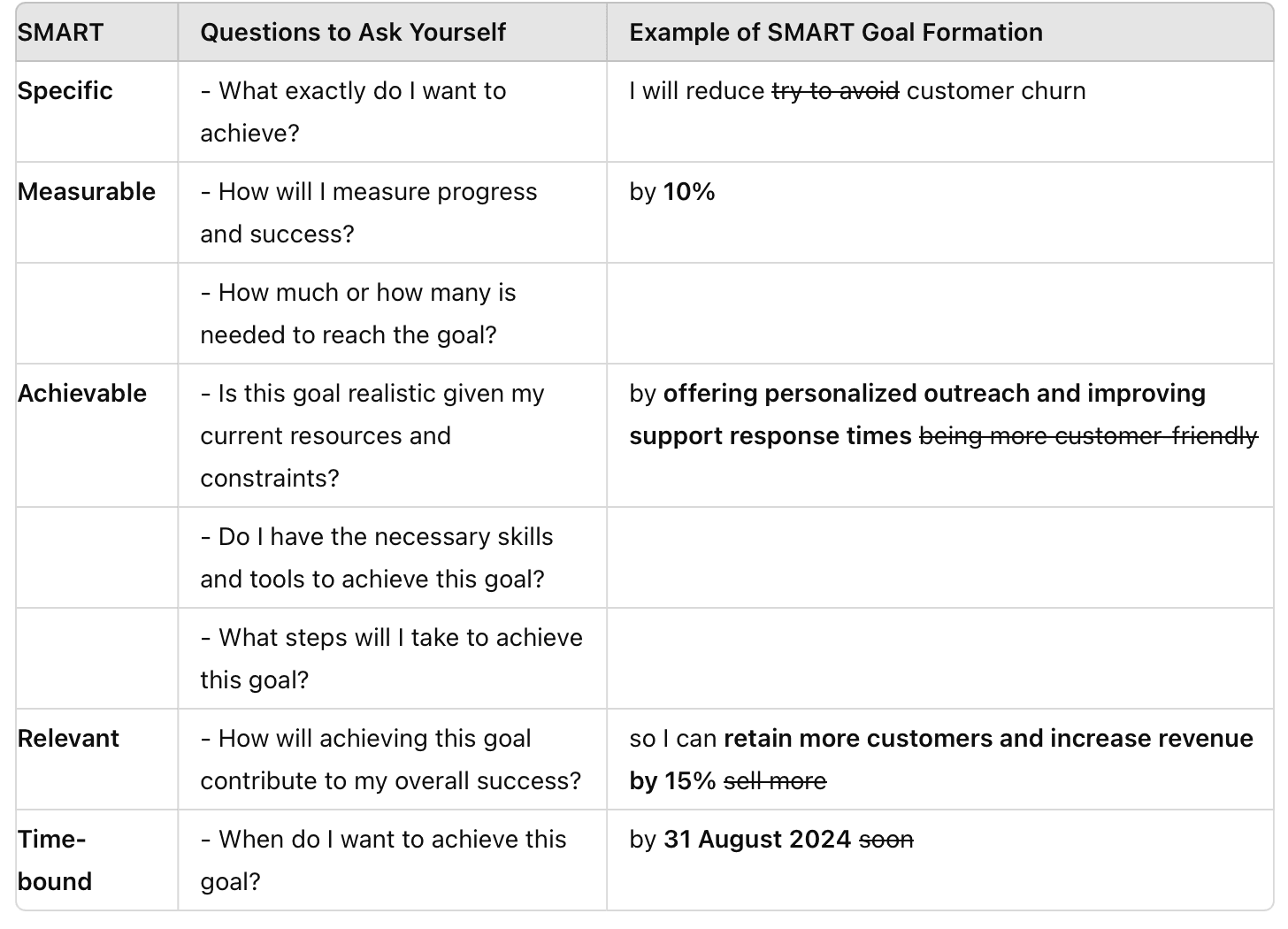
Thus, if your goal is to grow sales revenue, there can be targets like
Increase the average order value by 25% through upselling and cross-selling strategies.
Expand the customer base to 2000 contacts within the next quarter.
Achieve a 20% lead conversion rate with the help of follow-up personalization and sales team training.
Reduce customer churn by 10%.
Increase customer retention by 27% by launching a loyalty program.
A SMART goal will help you build a clear roadmap that will guide the choice of CRM tool or team training program design.
Step 2: Define your target customer
How well do you know who is purchasing from you and why? What are their interests? For instance, if you work in retail and you need to understand your customers and their preferences, it can be a good idea to rely on generative AI that can collect all customer data and help you define your target audience.
Here are the basic data businesses use for building CRM strategy👇
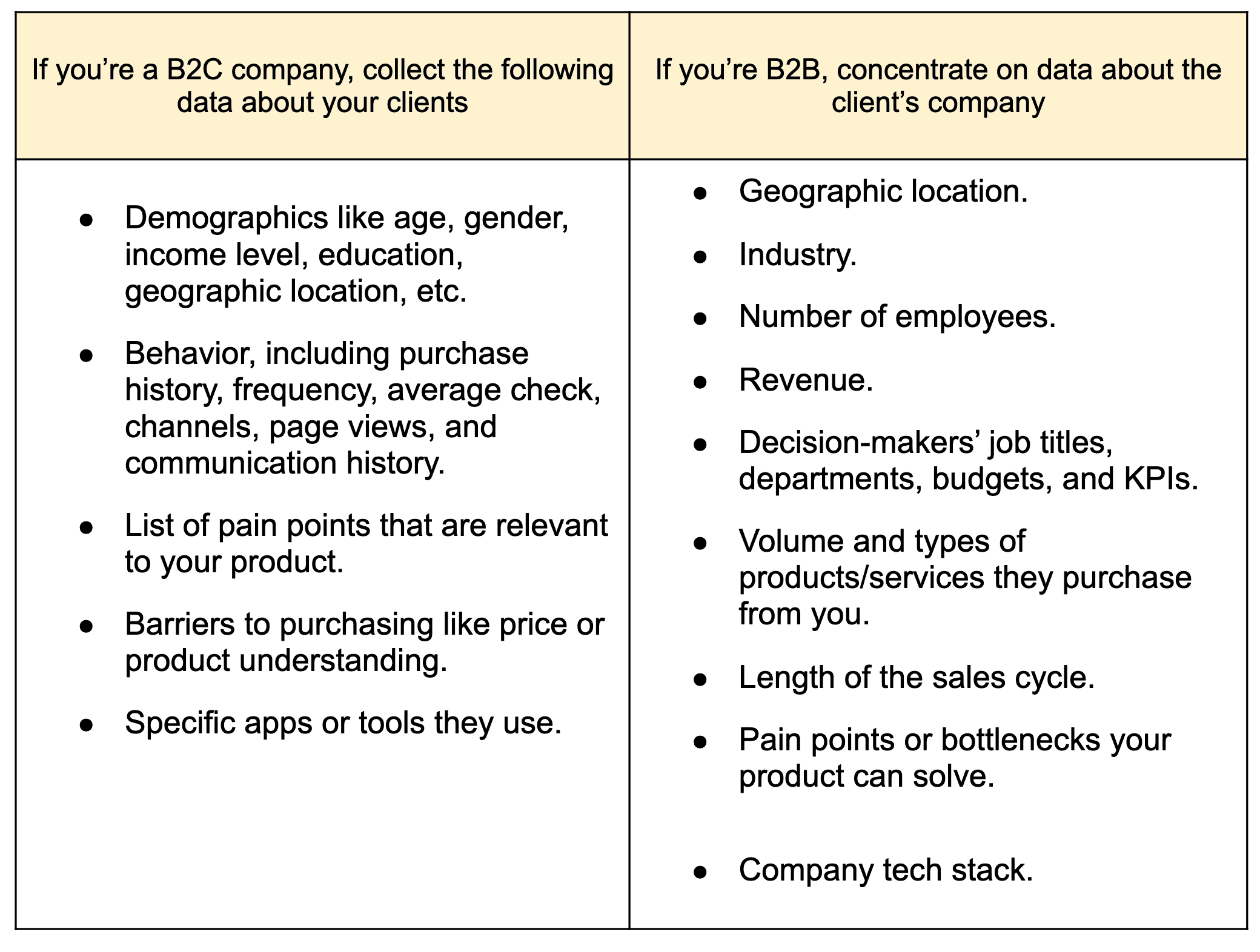
If you’re a B2C company, collect the following data about your clients:
Demographics like age, gender, income level, education, geographic location, etc.
Behavior, including purchase history, frequency, average check, channels, page views, and communication history.
List of pain points that are relevant to your product.
Barriers to purchasing like price or product understanding.
Specific apps or tools they use.
If you’re B2B, concentrate on data about the client’s company:
Geographic location.
Industry.
Number of employees.
Revenue.
Decision-makers’ job titles, departments, budgets, and KPIs.
Volume and types of products/services they purchase from you.
Length of the sales cycle.
Pain points or bottlenecks your product can solve.Company tech stack.
Where to collect this data:
Analyze your current customer base. Focus on profiles that buy from you.
Use your website analytics to track visitors’ demographic data.
Ask your customer service and sales managers.
Analyze who has bought your competitors’ products.
Conduct potential customer interviews.
Launch a survey on your website or in an email after purchase.
All this data will help you further segment and personalize marketing campaigns.
Step 3: Personalize Your Value Proposition
A value proposition explains how your company product solves clients’ pain points and delivers specific benefits.
A clear definition of your product value proposition greatly boosts your CRM strategy efficiency. Buyer personal building is an excellent base for this process. But on top of that, you must know how your clients’ needs correlate with your product in great detail.
Let’s look at how Slack does it for different buyer personas:
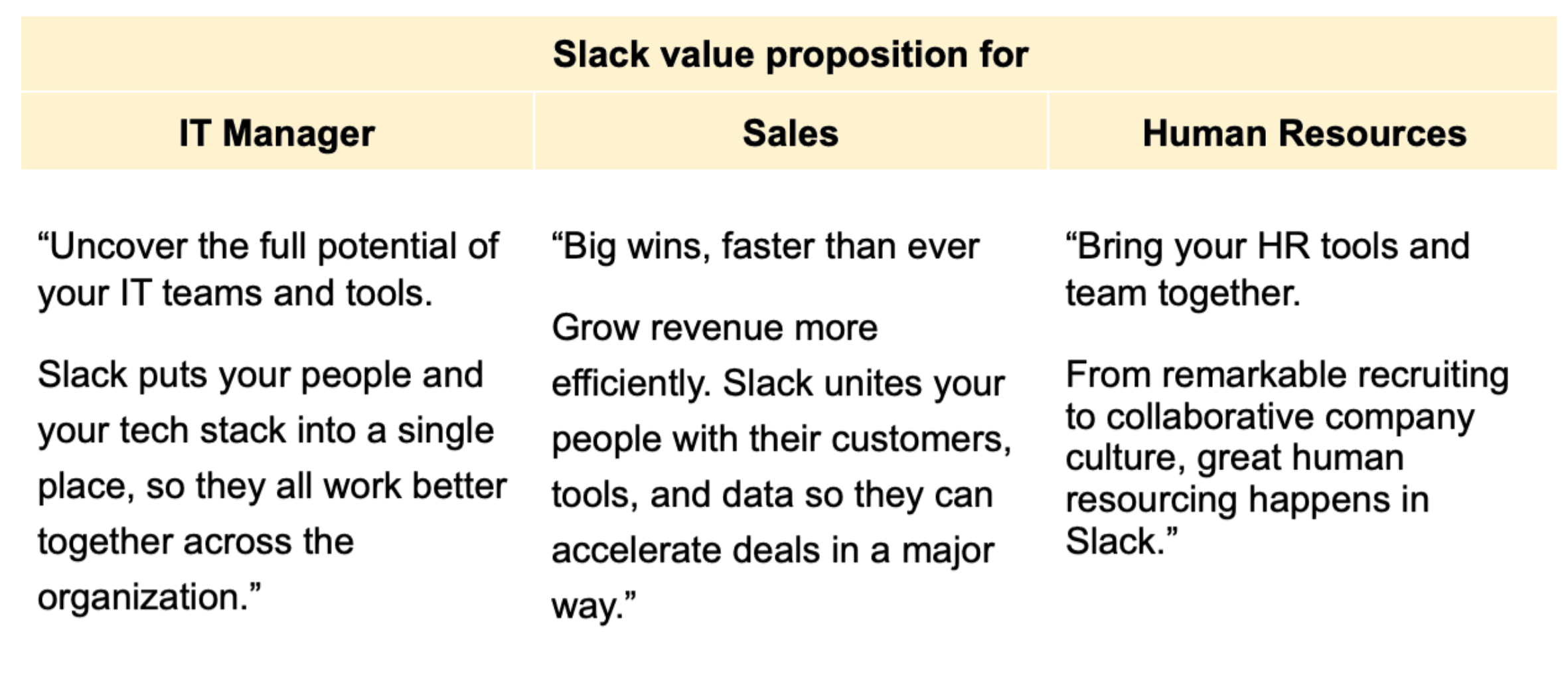
How to create a compelling value proposition
✅ Learn about your target audience and identify buyer personas. (You’ve already done it.)
⏹️ Identify the primary problem of a buyer persona your product solves. One buyer - one problem.
⏹️ Prioritize your product features that solve it and present them as a list of benefits.
⏹️ Define how your product is different and better from competitors. Among the popular options here are the quality of a product, outstanding customer support, price, etc.
⏹️ Collect it all in a clear statement. Usually, it has the following elements:
Headline with the main benefit of your product.
Subheading (optional) explaining what, to whom, and why you offer.
List of the main product benefits or features.
Pro tip: The number of your value propositions should be relevant to the number of buyer personas you have.
Step 4. Create Customer Journey Map (CJM)
When you’ve created all of your ICPs and buyer personas, list their touchpoints within your company. It is better to discuss CJM in a meeting with your marketing, sales, and customer success managers.
Here is the agenda:
Based on the sales pipeline marketers explain the beginning of the funnel by highlighting interactions they use to engage the target audience.
Sales managers continue with how leads move through the sales process up to the purchase.
Finally, the customer support/success team highlights the main steps of client onboarding and subsequent interactions leading to long-term satisfaction and customer loyalty.
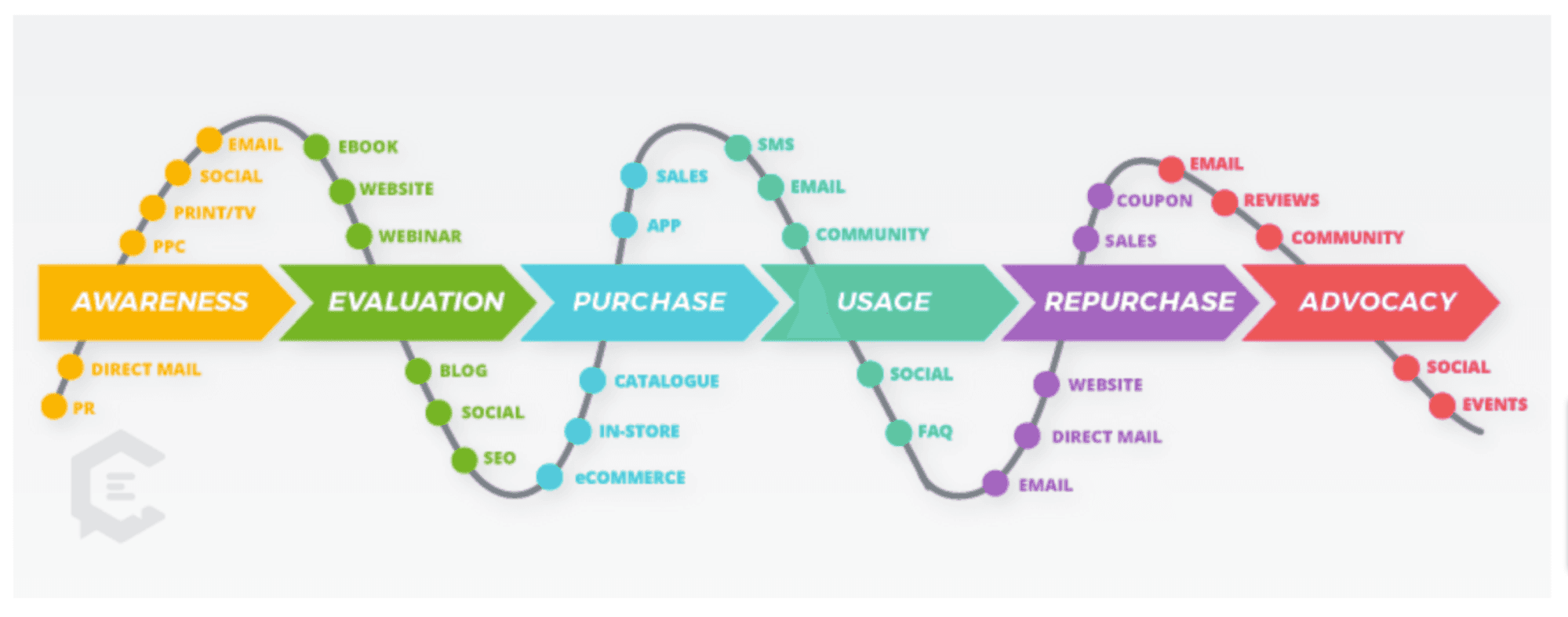
CJM for a CRM strategy. Image source.
Consider these questions during such a meeting:
What customer touchpoints need optimization?
Do we meet these expectations customers have at each step of their journey?
This exercise gives you a visual representation of CJM touchpoints, a list of areas to improve, and areas of responsibility for each team within a CRM strategy.
Step 5. Assess which customer data to collect with CRM
A sales CRM system collects a ton of data about your customer experience. Thus, it’s better to prioritize the data you need.
For this, analyze each step of your CJM you've created and define what data is vital to gather. Consider these examples to start with.
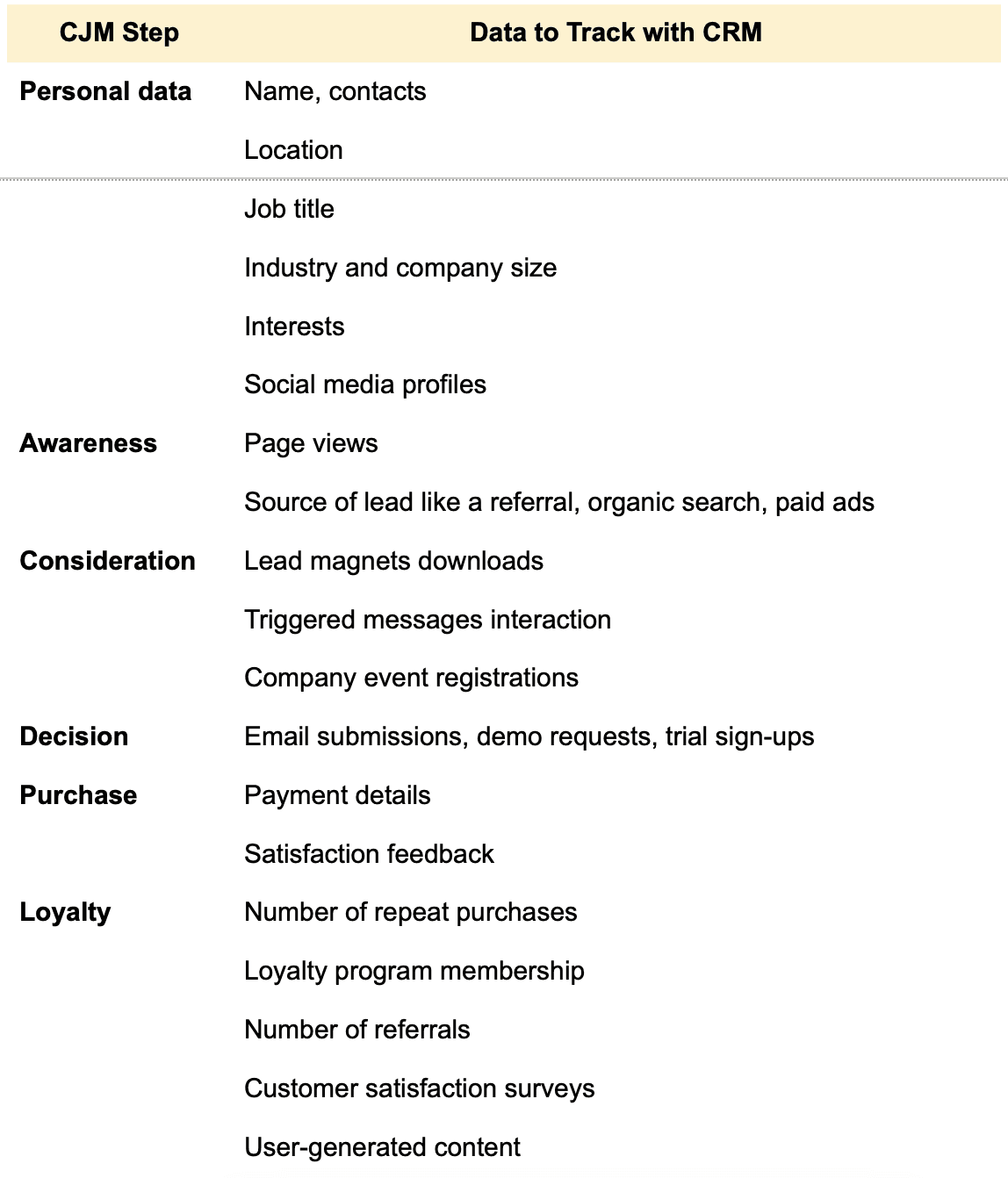
List of customer data examples to collect within CRM strategy.
When choosing CRM software, this document will help you decide whether a chosen tool has relevant integrations.
Step 6. Define the KPIs of your CRM strategy
It is vital to track how effectively your CRM strategy works regarding the goal you defined at the beginning and customer relations across different stages of the customer journey.
Here are examples of CRM strategy KPIs for your inspiration:
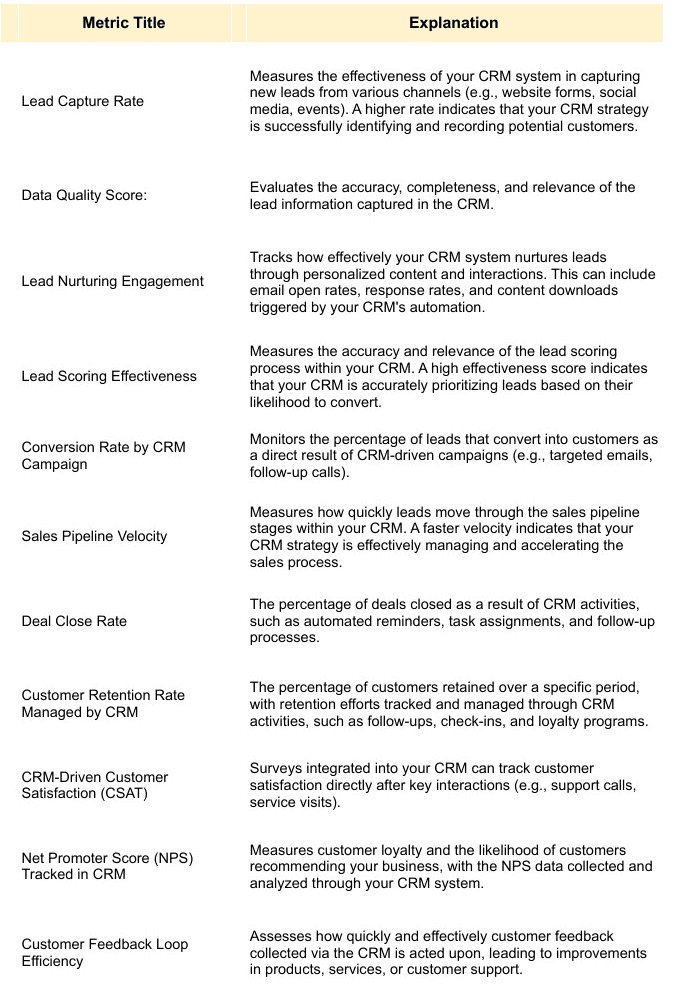
Add these metrics to your CRM strategy analytics report to improve your CRM processes.
Step 7: Organize your internal processes
At this step, you should align your teams’ roles and responsibilities and document key processes. Here are some recommendations for where to start:
Assign roles and responsibilities to each department and employee involved in CRM activities. Thus, marketing efforts should be focused on lead attraction and nurturing, sales should handle the conversion process, and customer service should be about post-purchase and retention.
Check if there are no gaps in your task workflow; for example, who is responsible for a booked meeting attendance conversion?
Document all roles and responsibilities to ensure everyone can access it as needed.
Align CRM strategy performance KPIs with each role’s responsibilities so every team member is involved in the CRM strategy’s success.
Step 8. Choose the right CRM software
Start by evaluating your needs. Review your strategic CRM strategy goals and list the features you need to achieve them. There is a list of must-have features each CRM software should have like:
lead and contact management,
customer segmentation
marketing automation,
multi-channel outreach,
customer support and service management,
customer satisfaction surveys,
task management,
analytics, and reporting.
On top of that, there are additional features like data cleanup or FAQ management.
Another important part here is integration with your current tech stack. For this, you should audit your team’s tools, such as email services, social media, website analytics, etc. When your list of requirements is ready, it is time to look for different CRM software options. How?
Focus on peers’ and industry experts’ recommendations.
Check if the tool fits the requirements you’ve listed before.
Check ratings and online reviews. Is it reliable? Are its users happy with the support of the solution?
Test the CRM in action. Sign up for a trial and book a demo call.
Check if there are any hidden costs like customization or extra features add-ons.
Collect all this data in a comparison table and take several days for CRM platform testing.
Step 9. Onboard your team to CRM strategy
People usually prefer to avoid changes. That's why it is vital to start by explaining how online CRM software will boost the performance of each department. For example, highlight a list of issues within each team workflow it can fix.
Share the CRM goal you’ve set at the beginning. For instance, “Grow sales conversion to 20% by October 1st, 20204.” Then, explain how you will achieve it with the help of CRM.
Explain in detail how each team will use CRM.
Answer concerns.
Then, schedule detailed training sessions on using CRM for each team and roles within it.
When the CRM strategy is delivered to your team, it is time for the official launch of your chosen CRM software. We recommend integrating it into one department at a time. You can combine this event with a relevant training session. Consider the detailed plan for all the data transfer and tool integration launches. Effective application support is crucial for ensuring a smooth transition and addressing any issues that may arise during CRM implementation.
Step 10. Monitor and improve
How do you assess the effectiveness of your CRM efforts? In "Step 6" of this guide, you've set CRM strategy KPIs. We advise tracking them once per week (during the first months) and then switching to once-per-month monitoring.
Where do you get the data on your metrics? Use your CRM software dashboards. Create a visual report with all the KPIs you want to track. Ideally, it should be a plan and fact report that compares actual performance against targets to make in-time improvements.
Integrating Your Website with Your CRM System
To maximize the effectiveness of your digital presence, it’s essential that your website integrates seamlessly with your CRM system. By incorporating technology web design that connects your website forms directly to your CRM, you can streamline the process of capturing and managing leads, ensuring that your data is organized and accessible.
This integration not only saves time but also enhances your ability to personalize communications and improve customer relationships.
FAQs on CRM strategy implementation
What are the different types of CRM strategies?
Depending on the type, there are three CRM strategies: operational (focuses on process automation), collaborative (the best for seamless communication and data sharing), and analytical (all about customer data.)
What does a CRM strategist do?
CRM strategist combines a deep understanding of customer behavior and preferences with CRM tools knowledge to skyrocket your customer satisfaction, team performance, and company revenue.
Which is the best CRM for sales?
Talking about the most popular options of the Sales CRM software, there are Zoho CRM, Salesforce, Breakcold, HubSpot, and Pipedrive.




